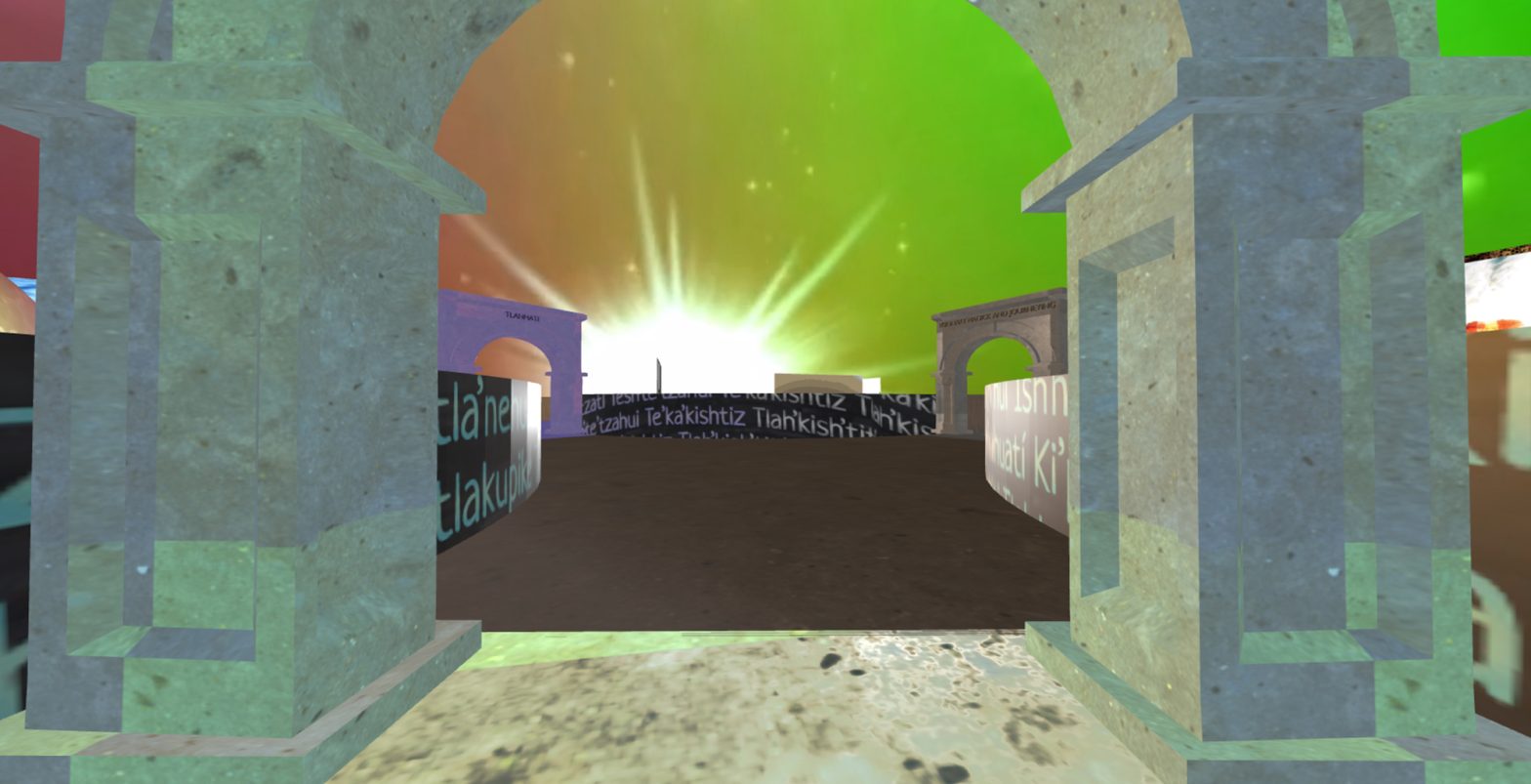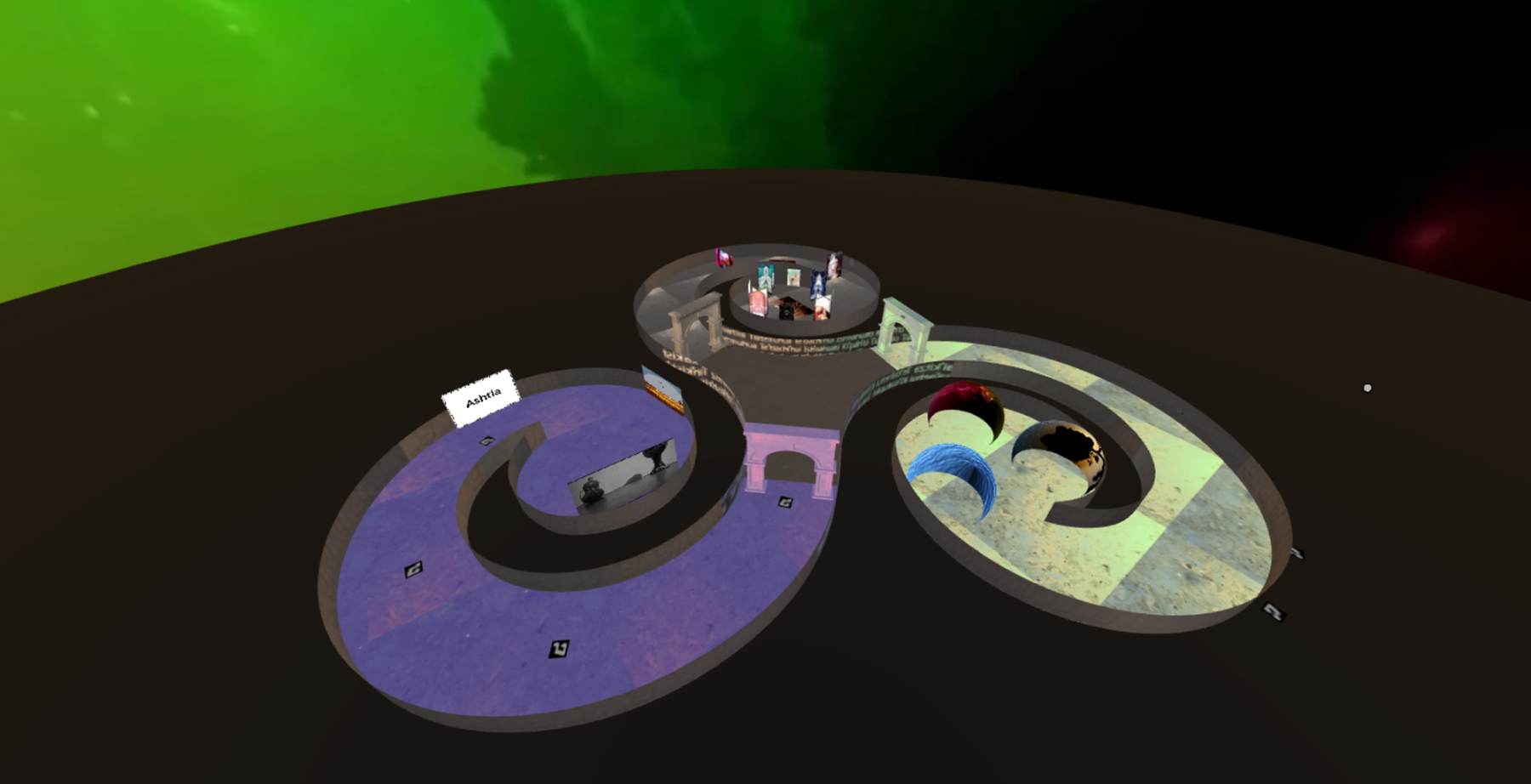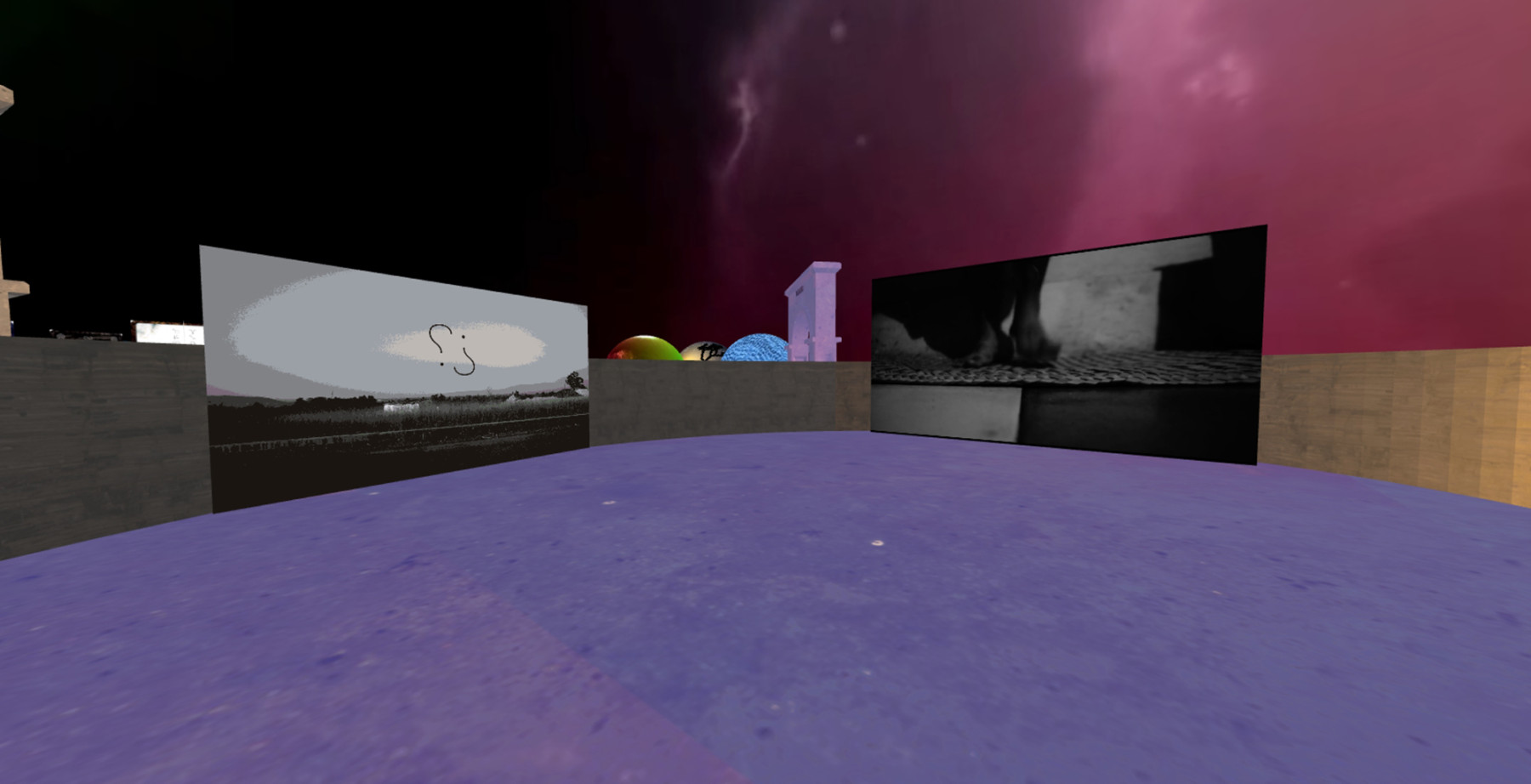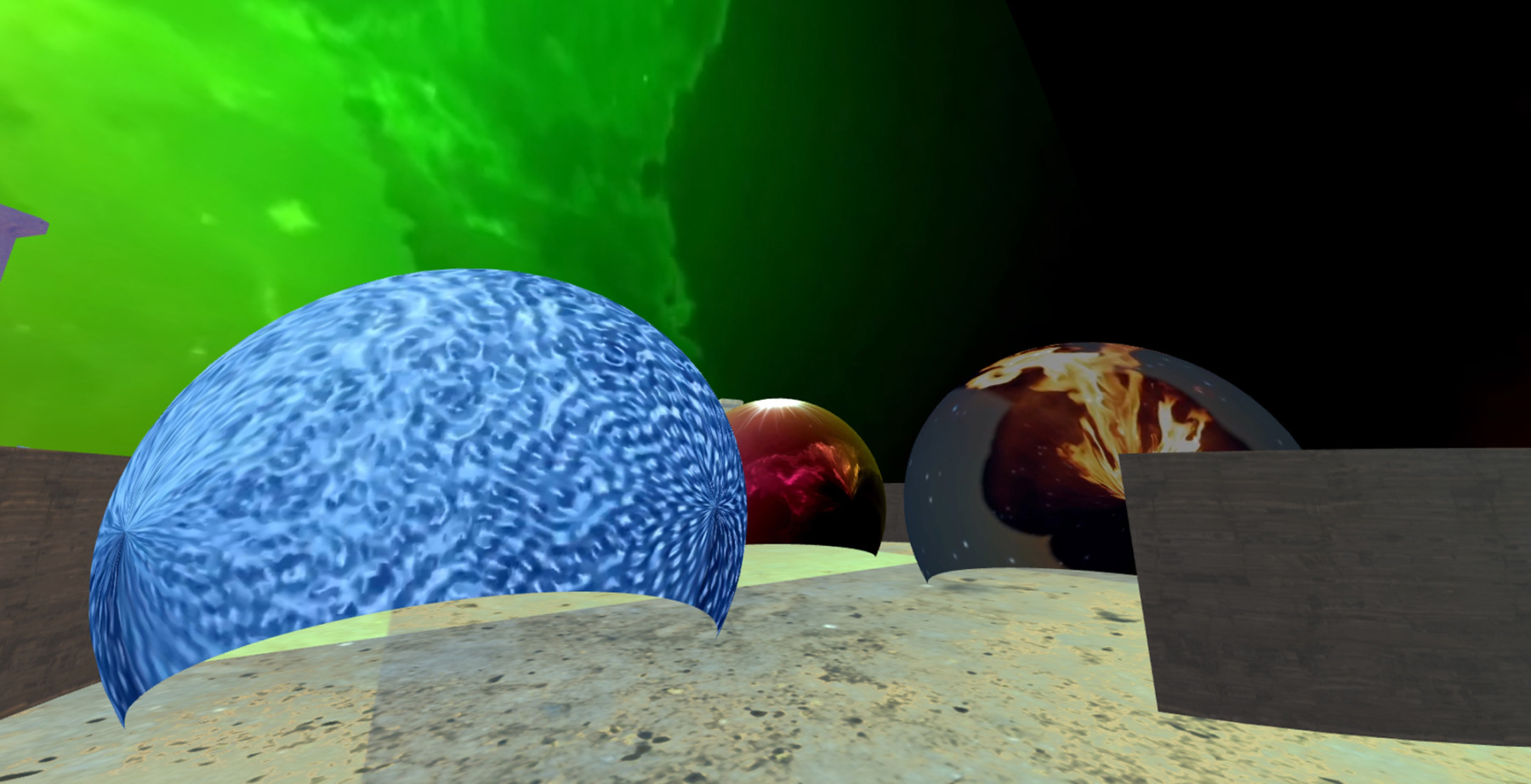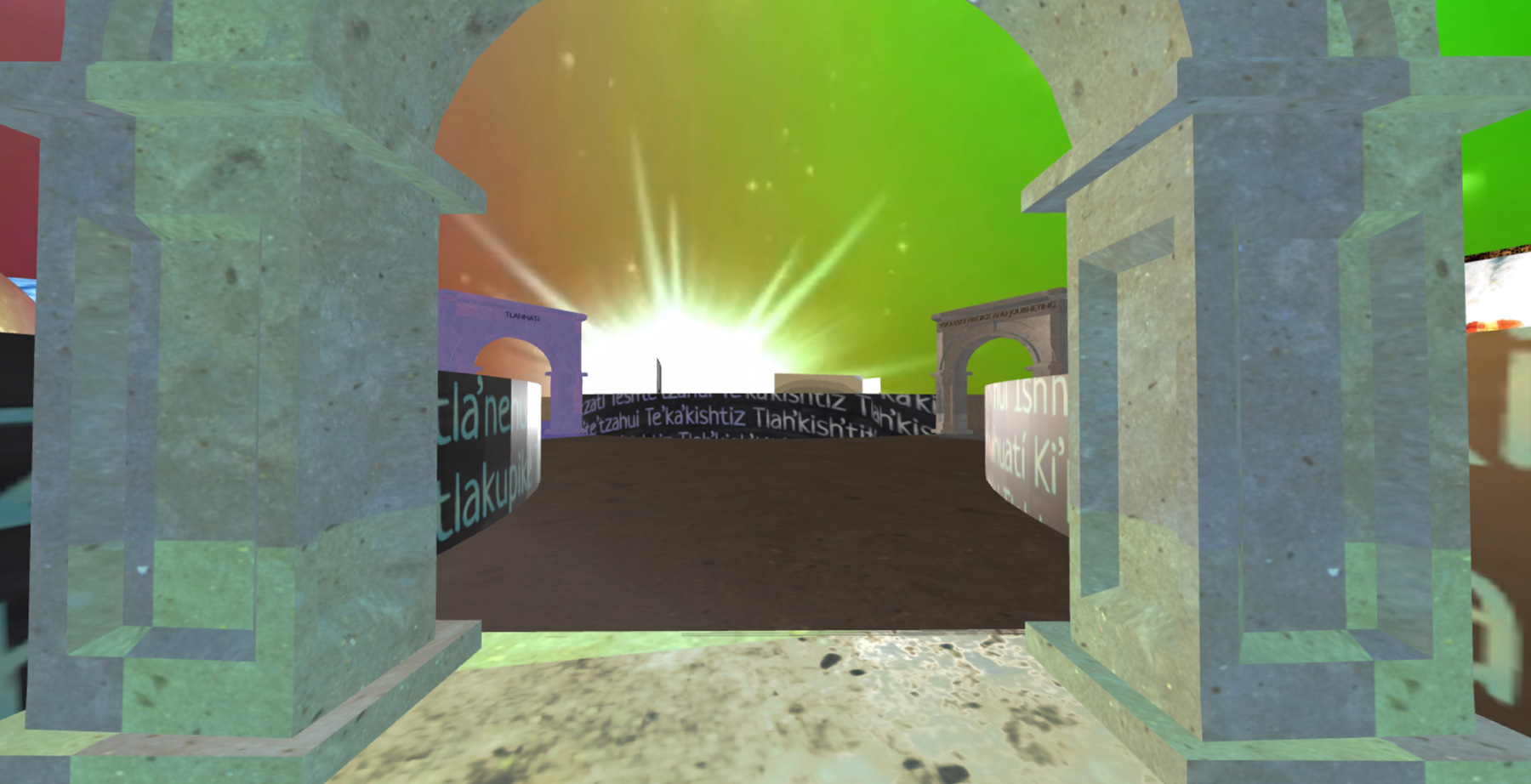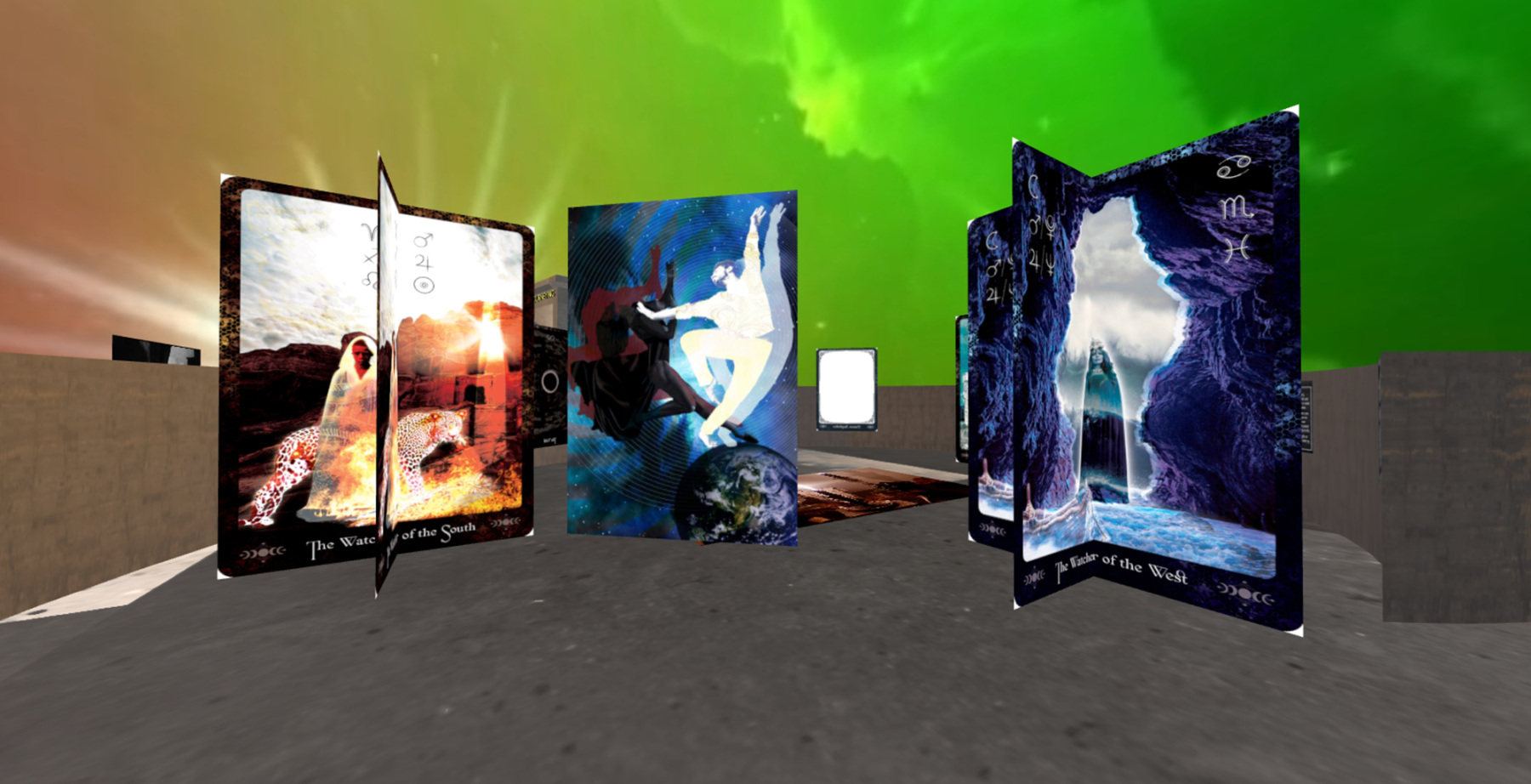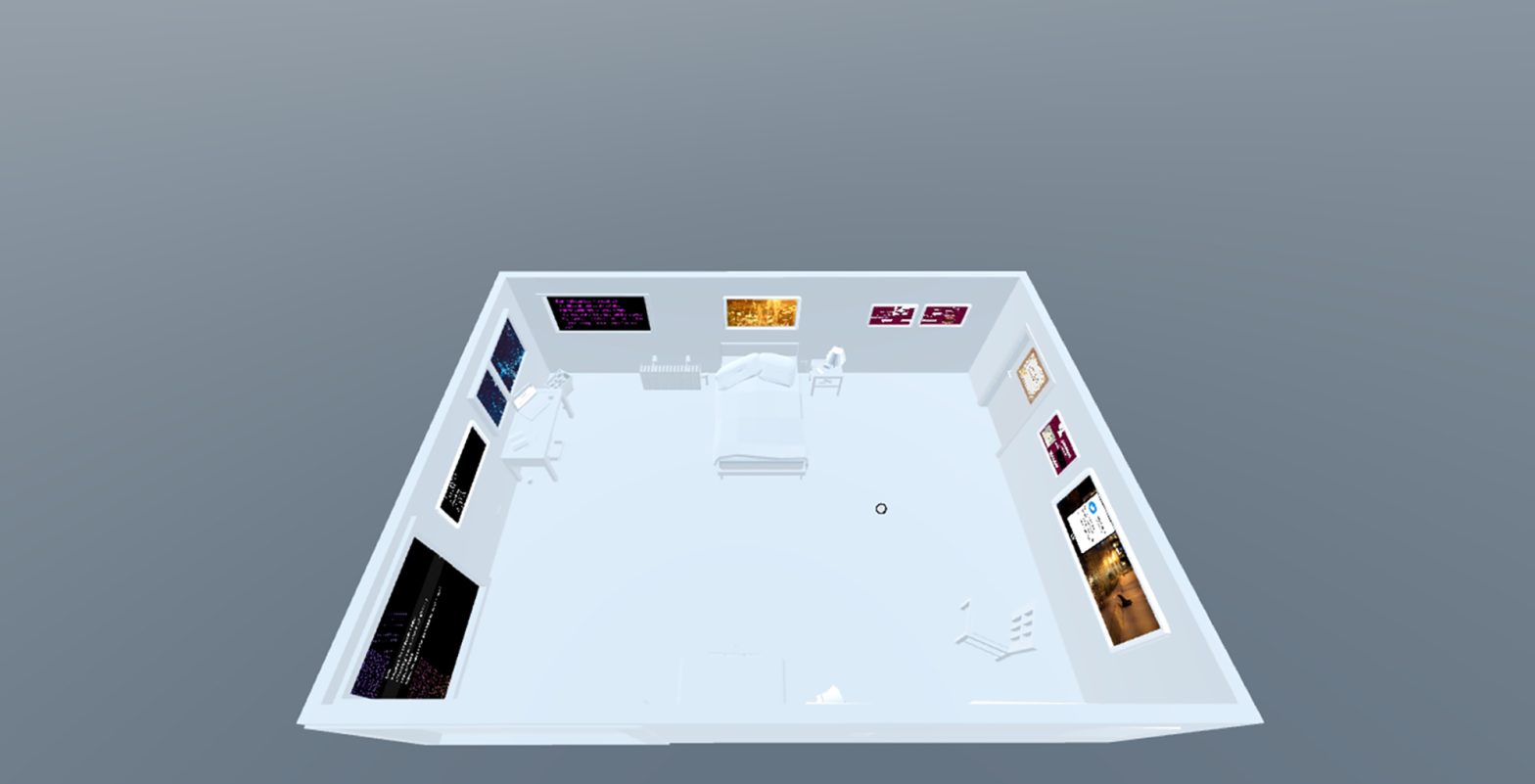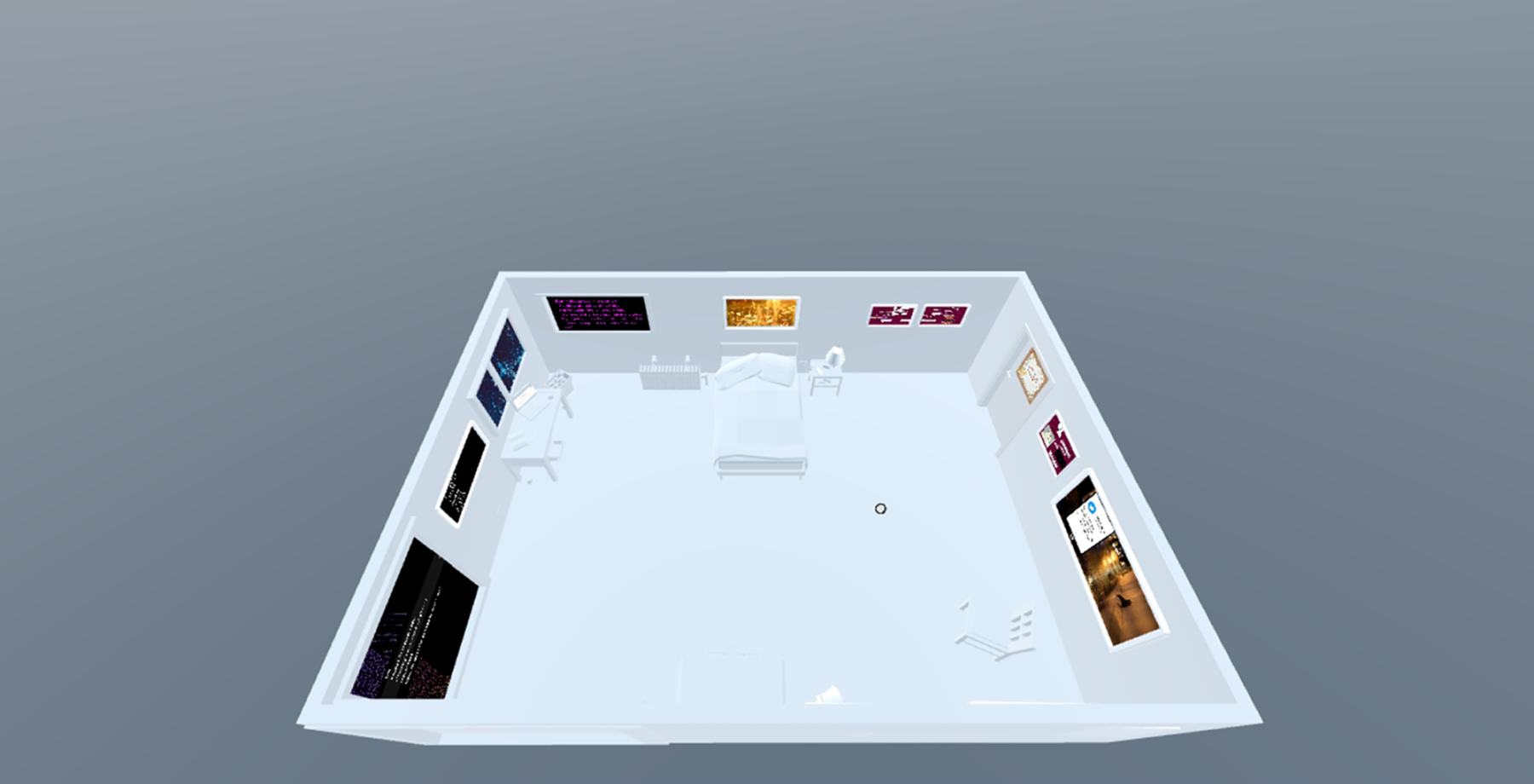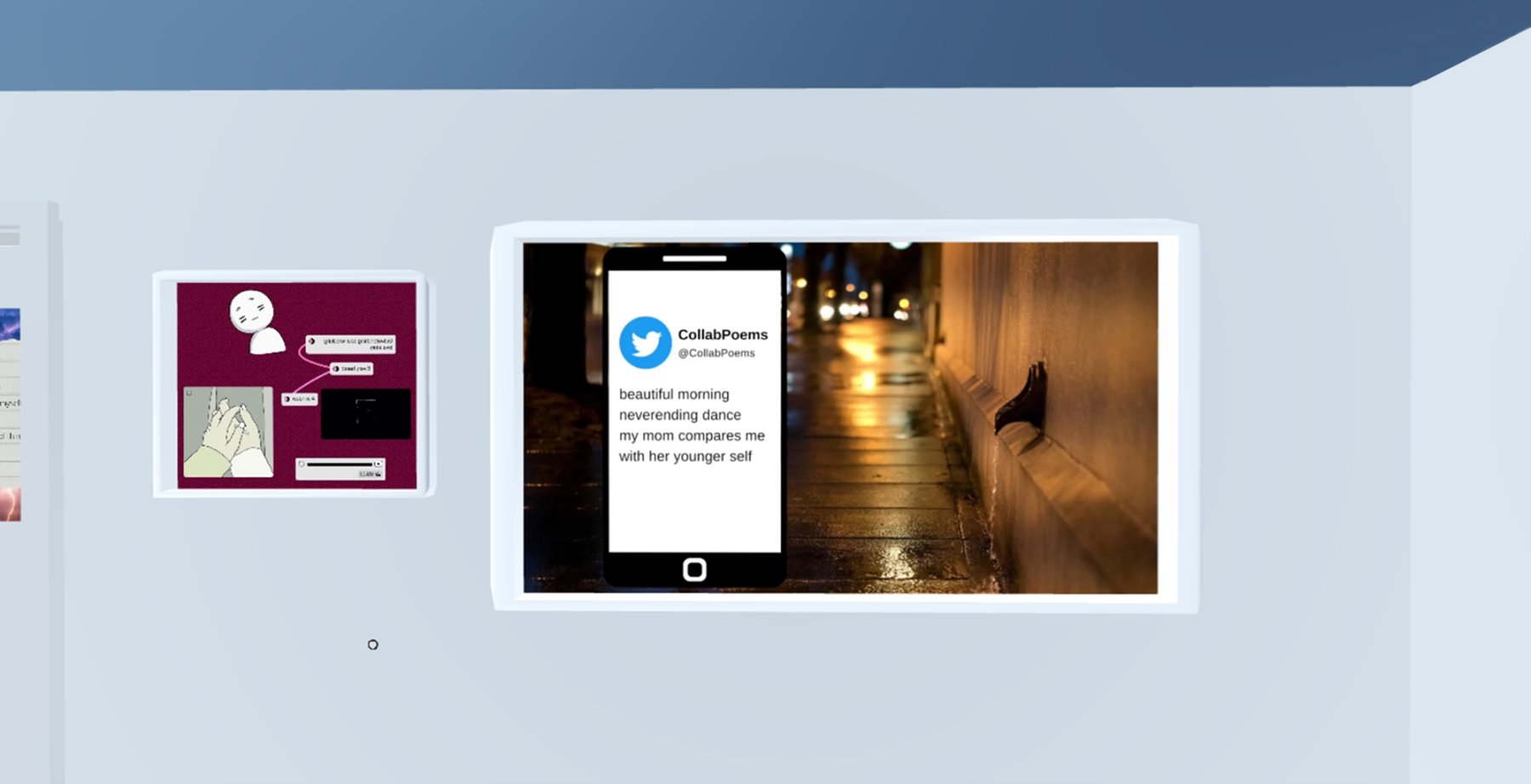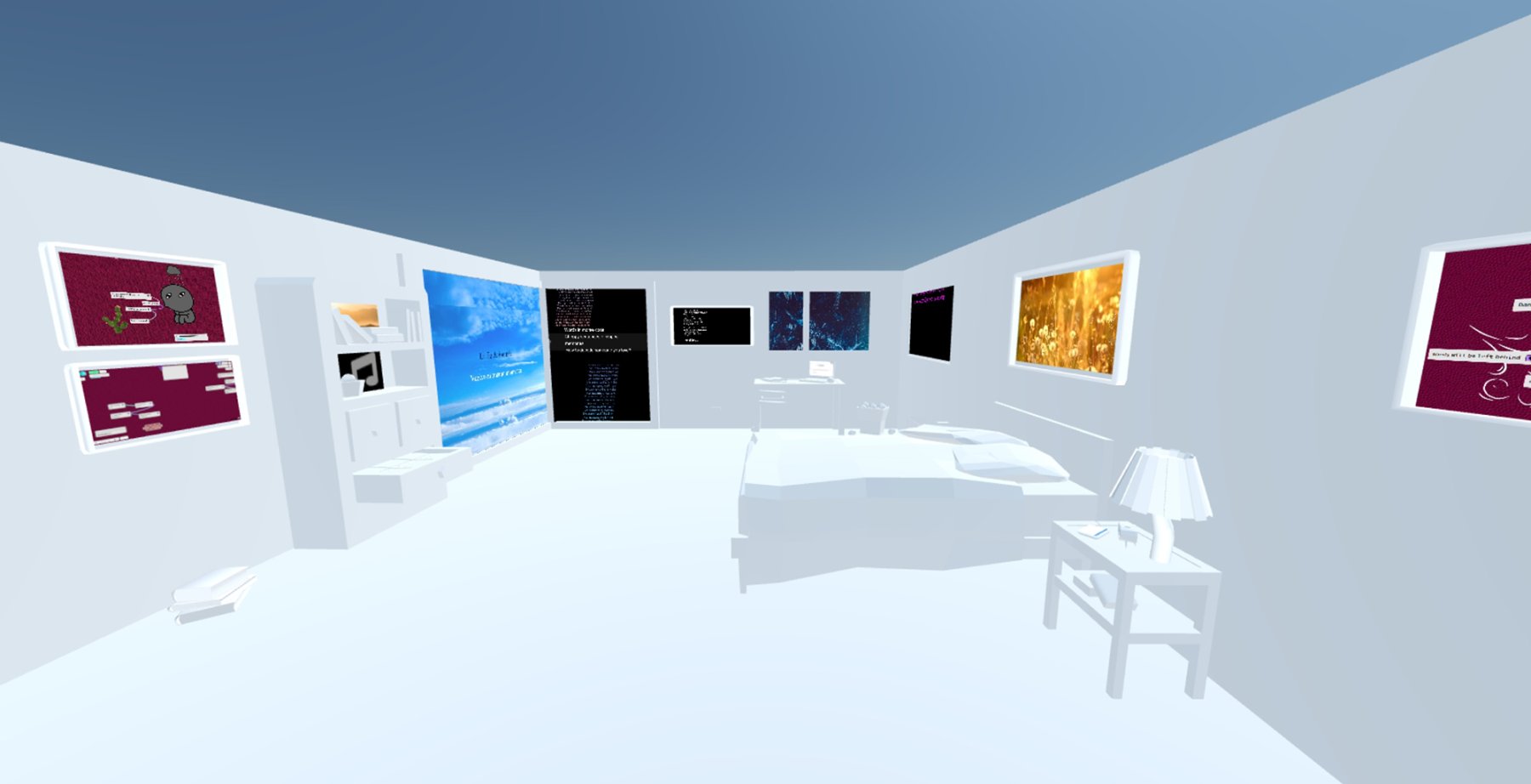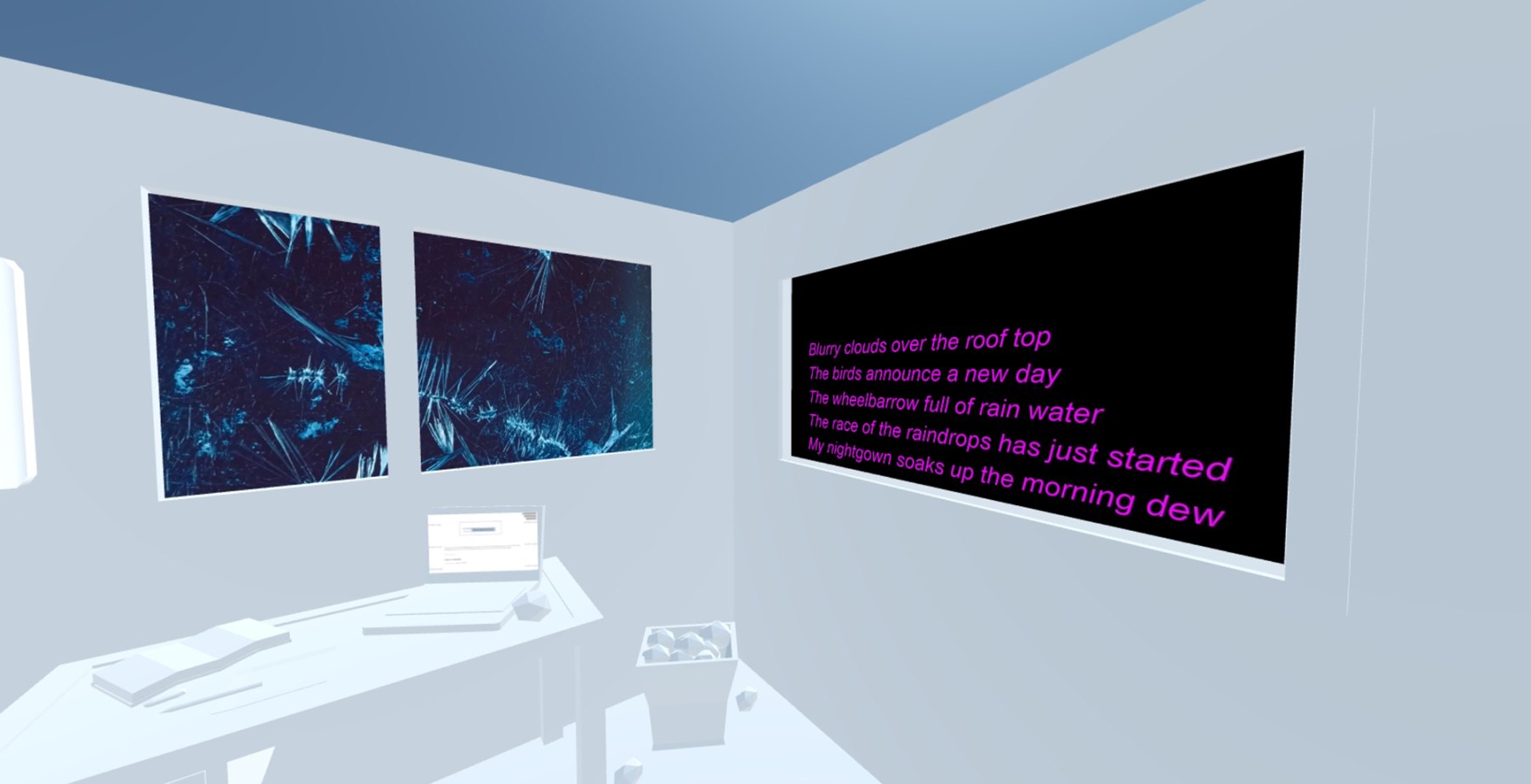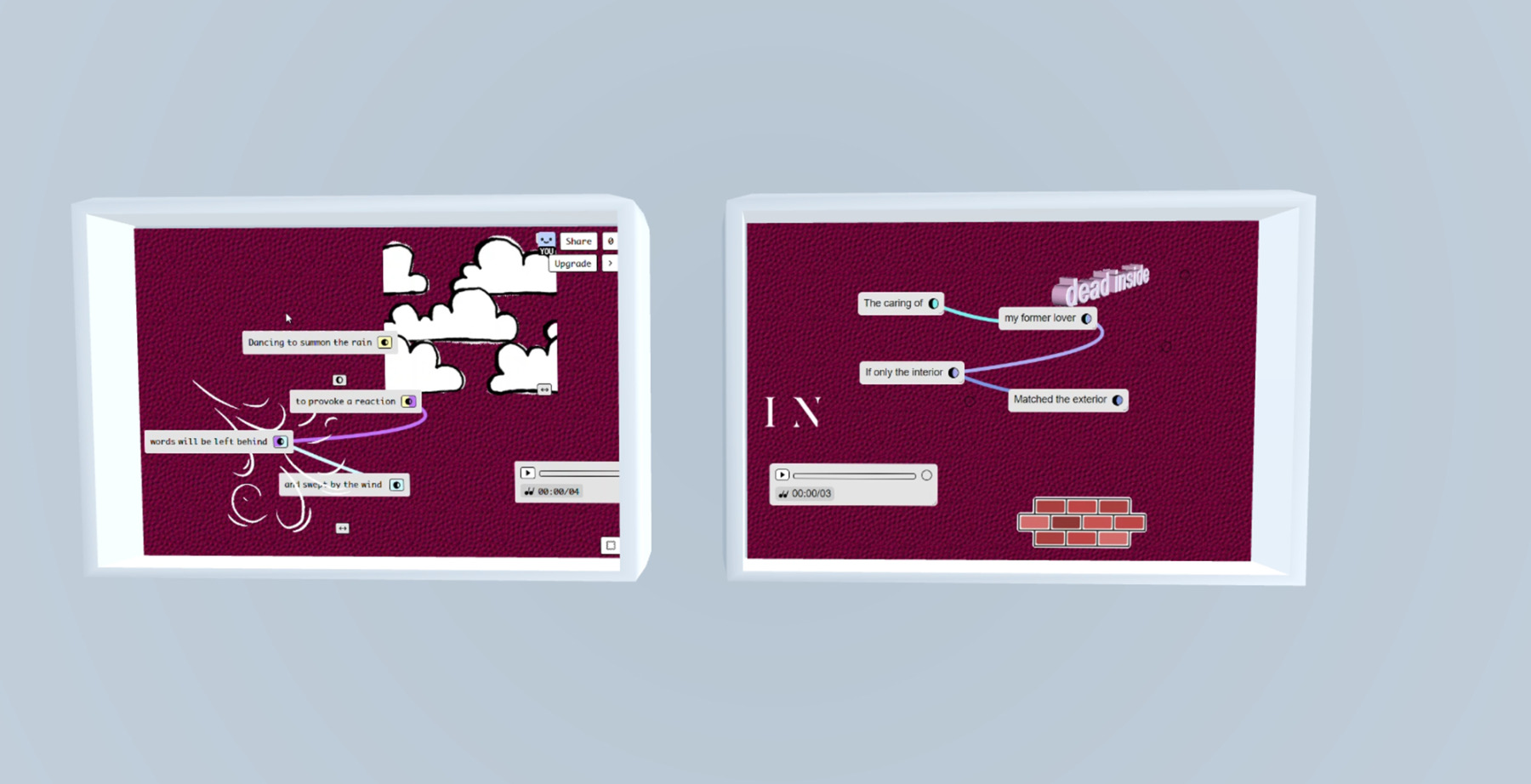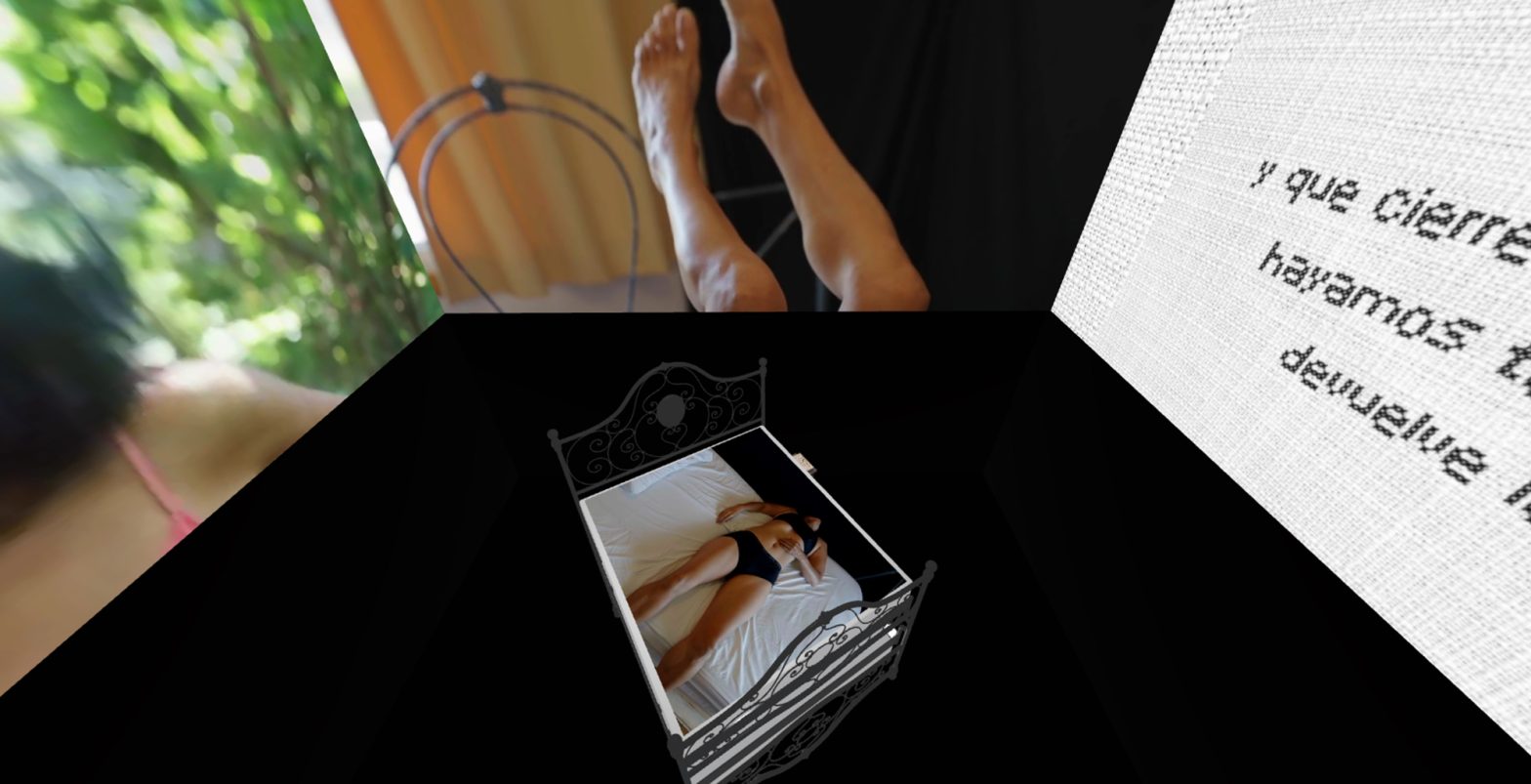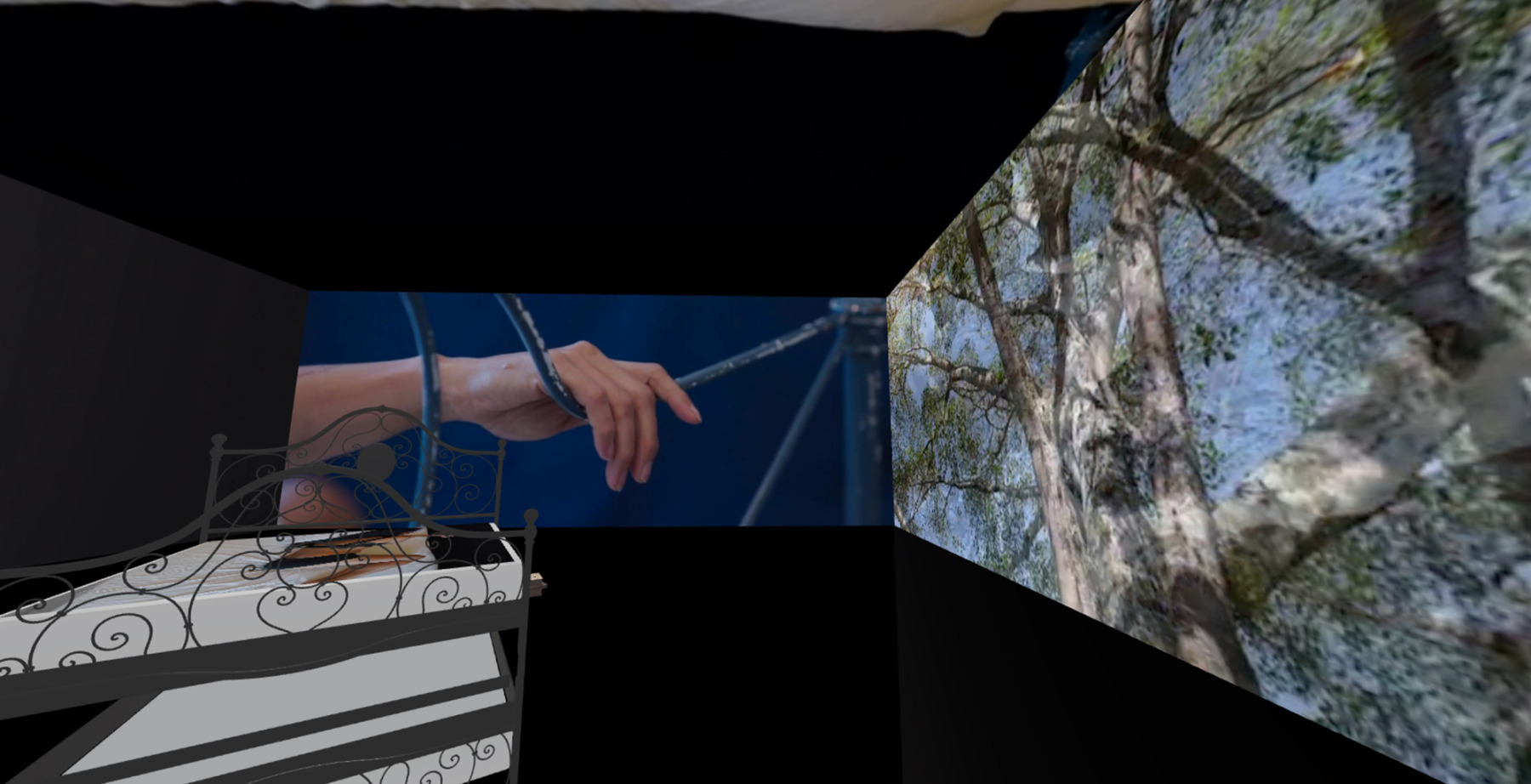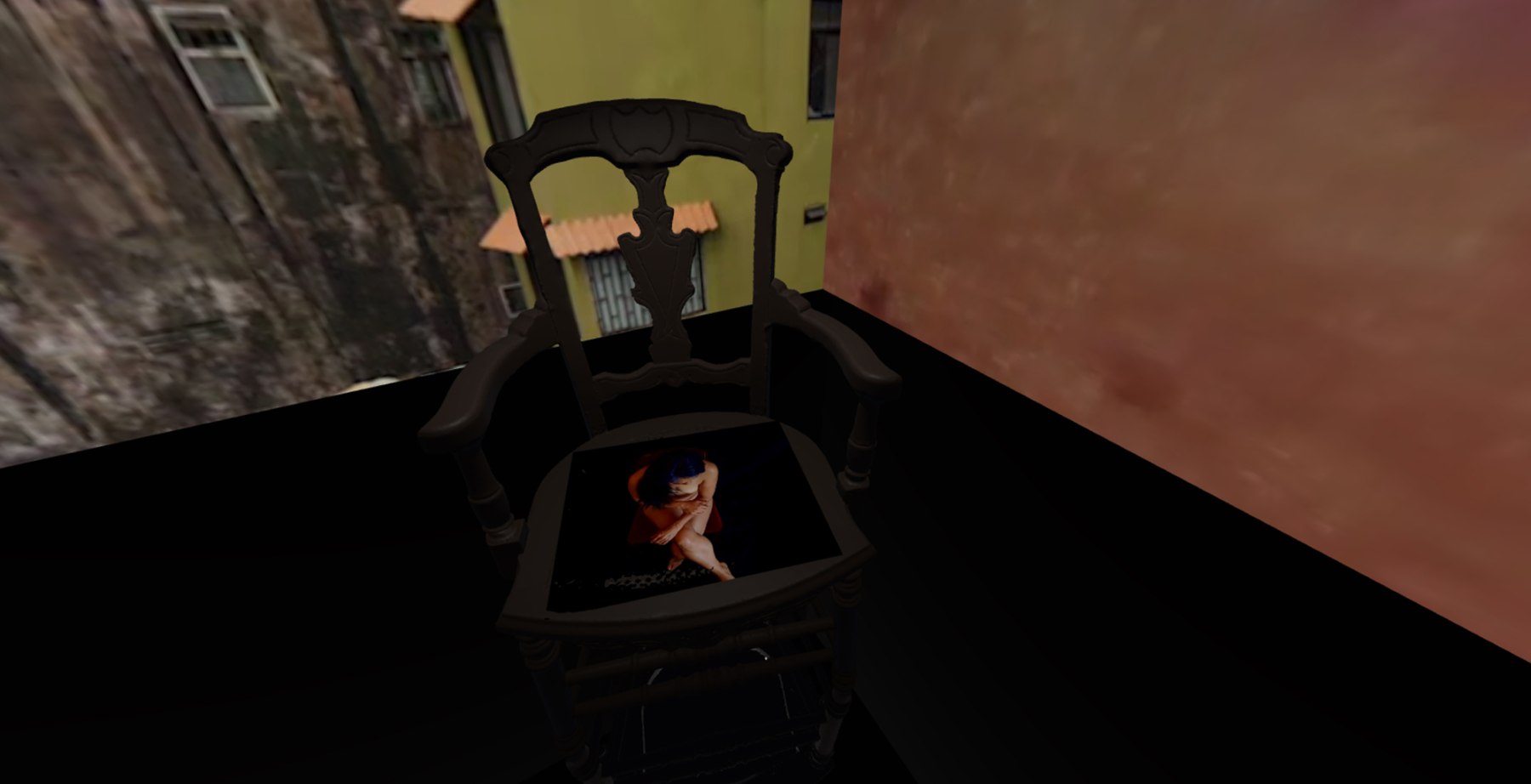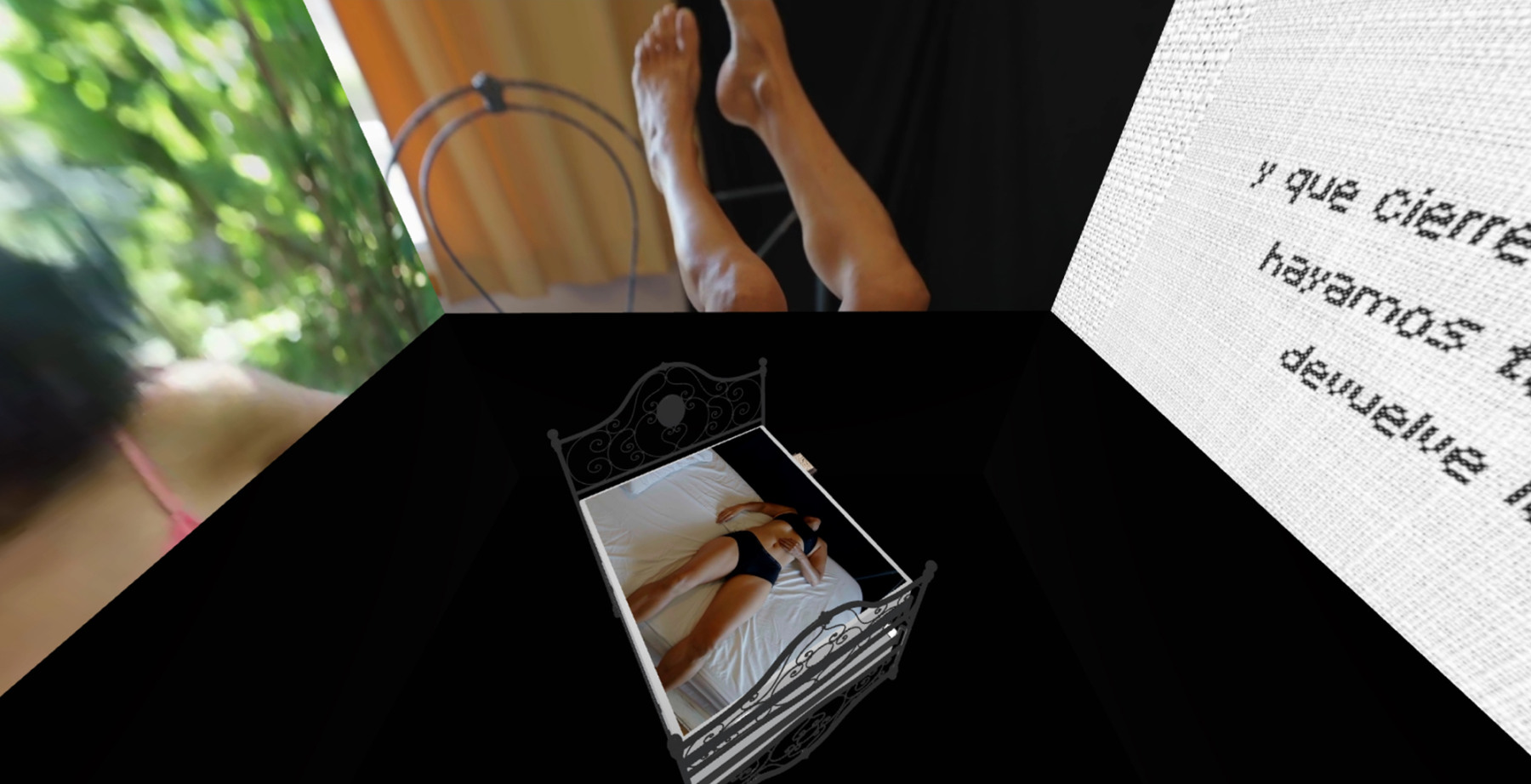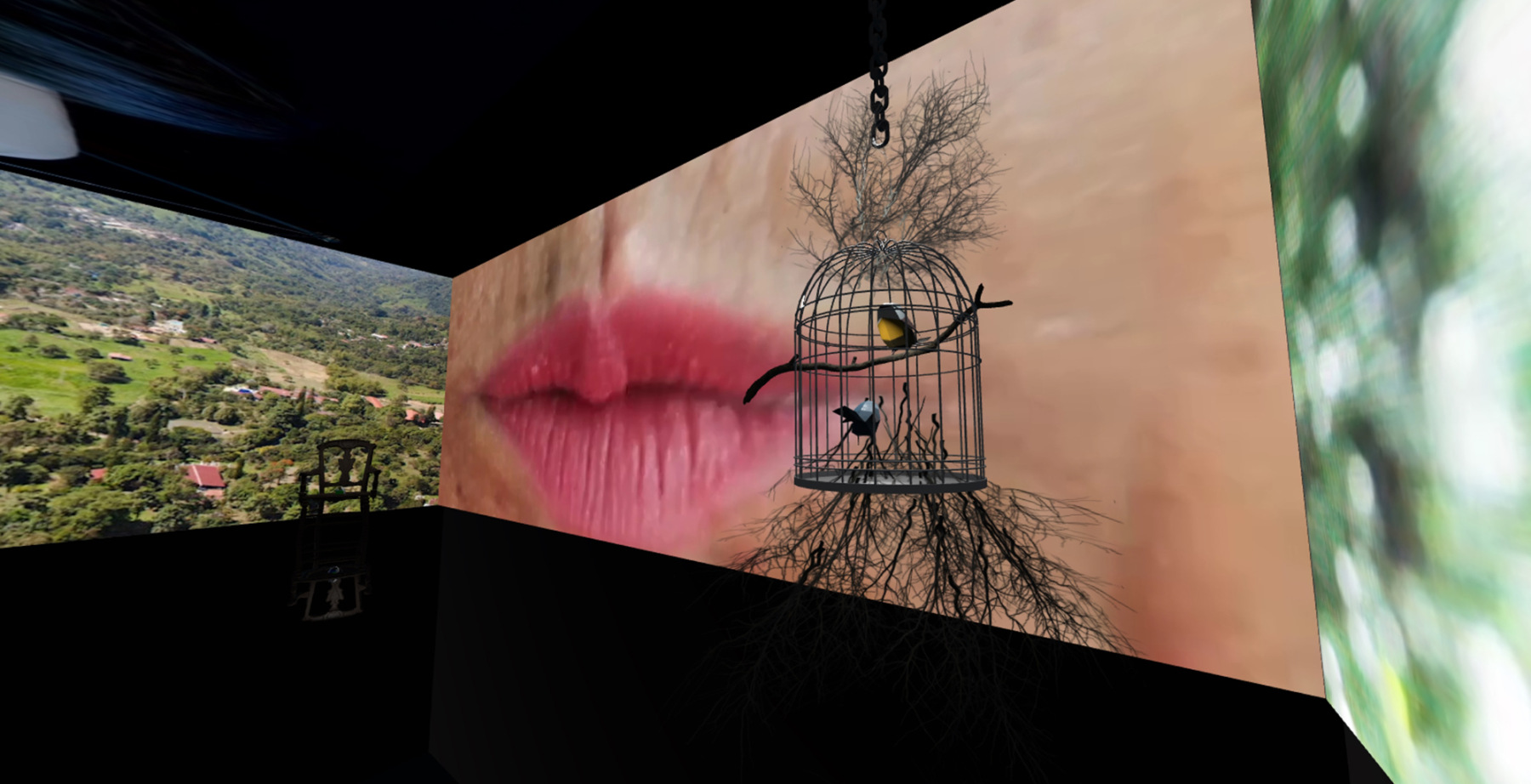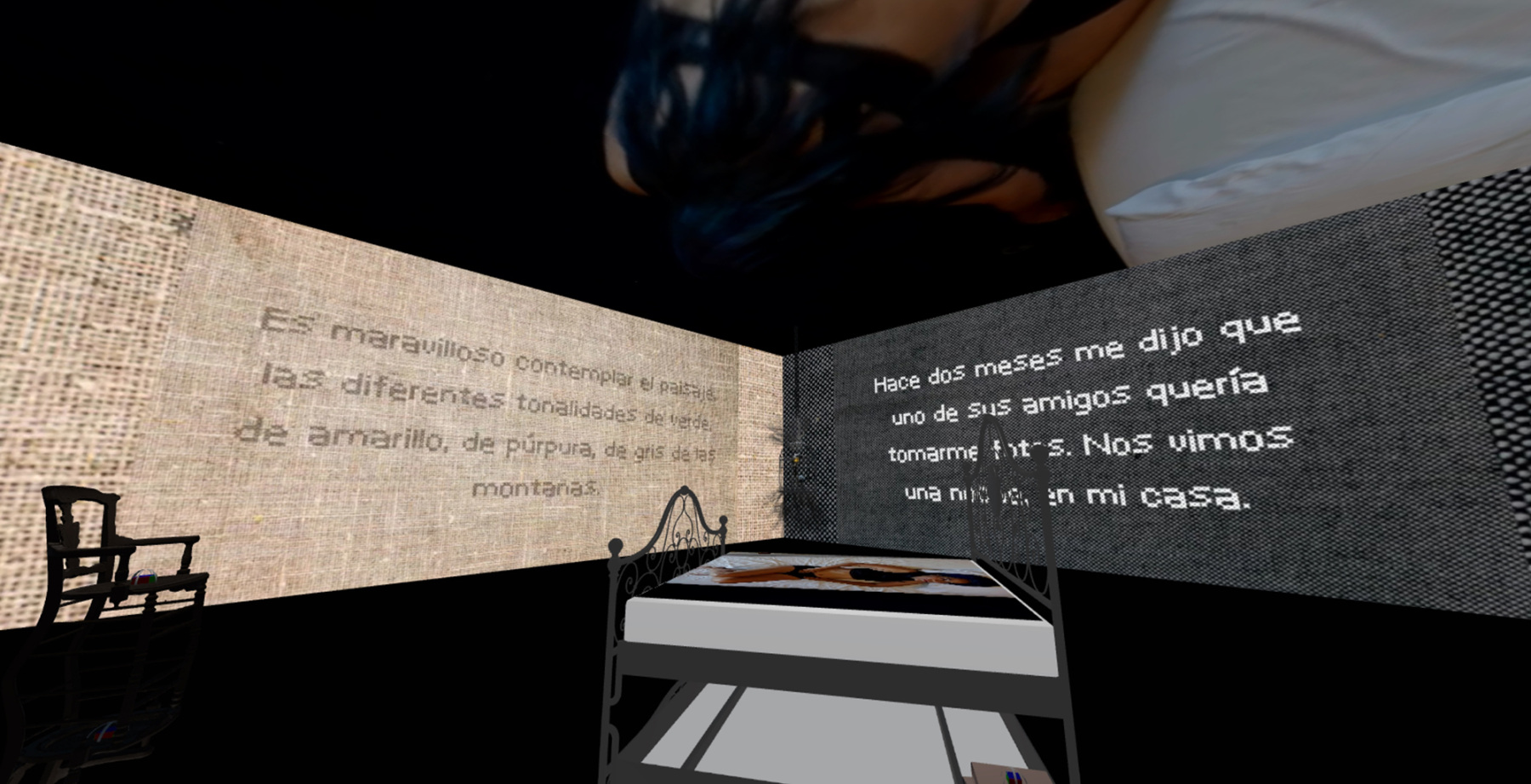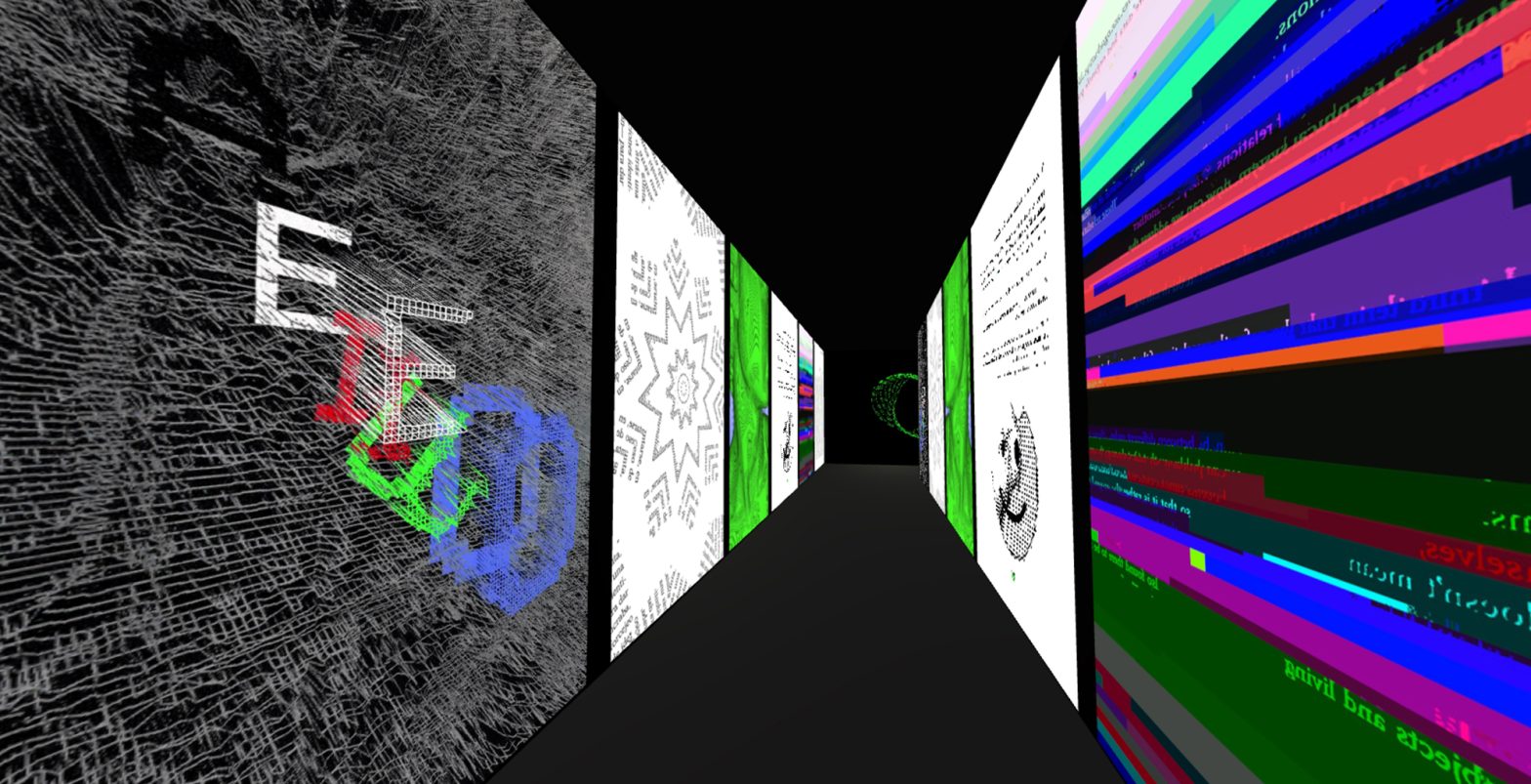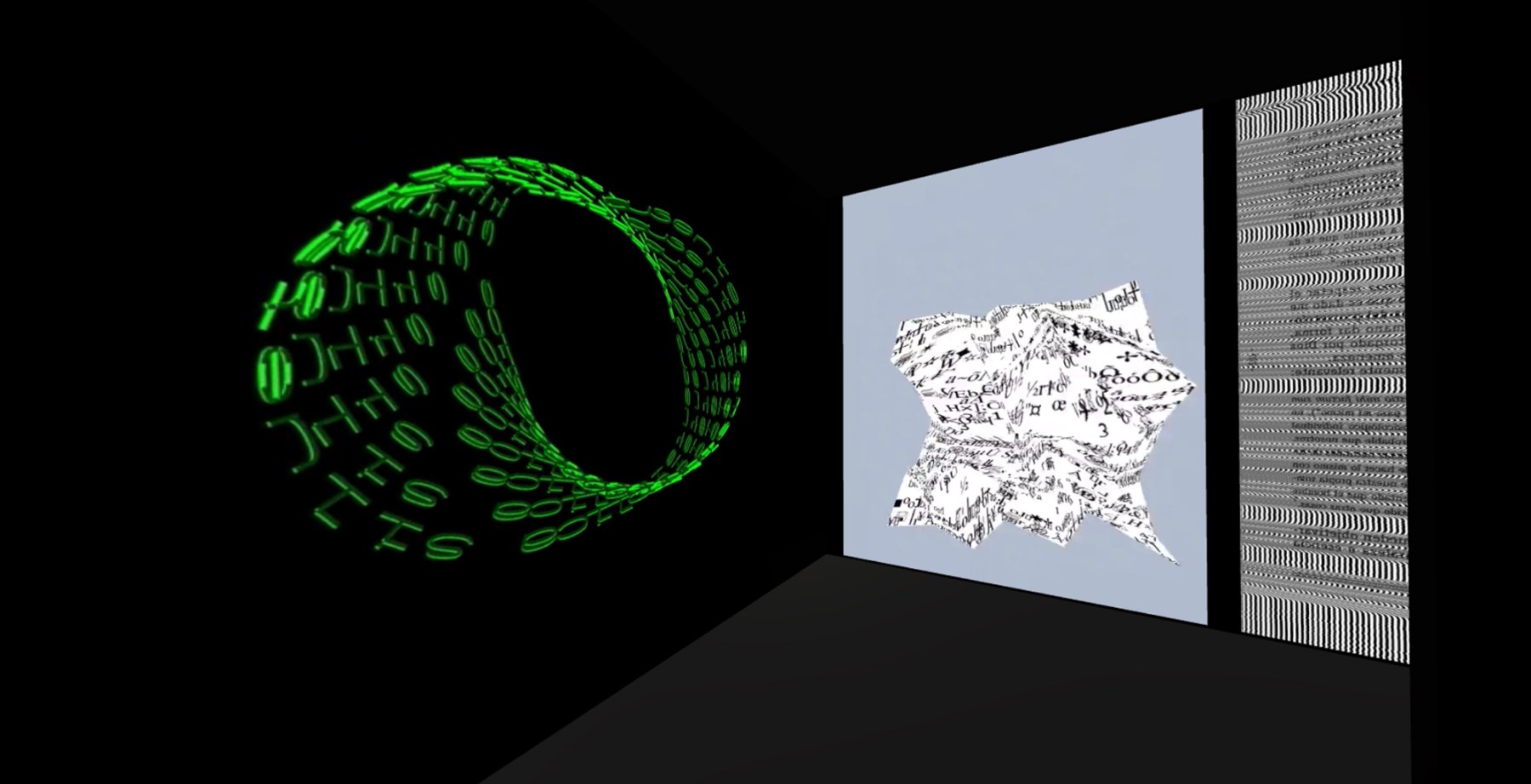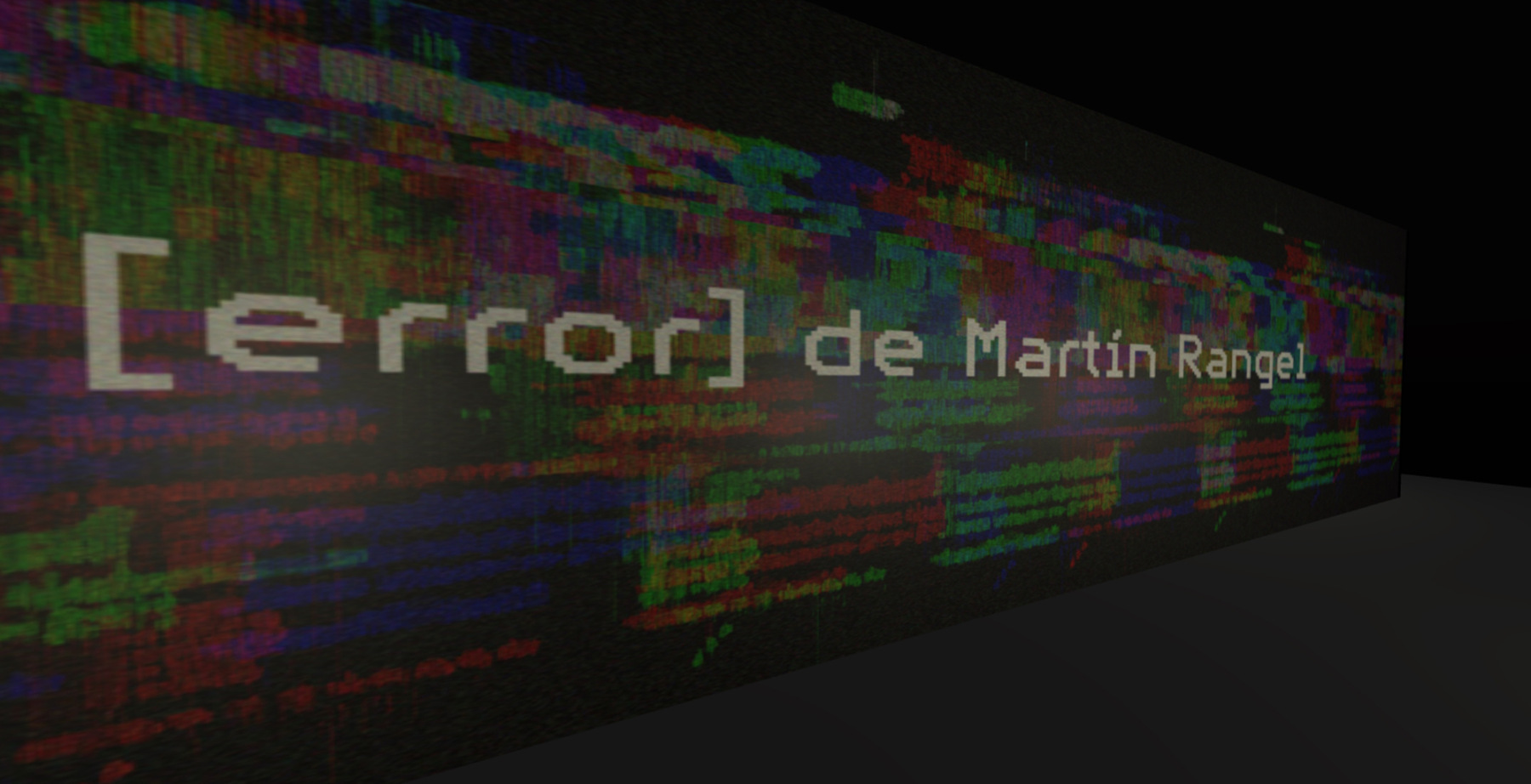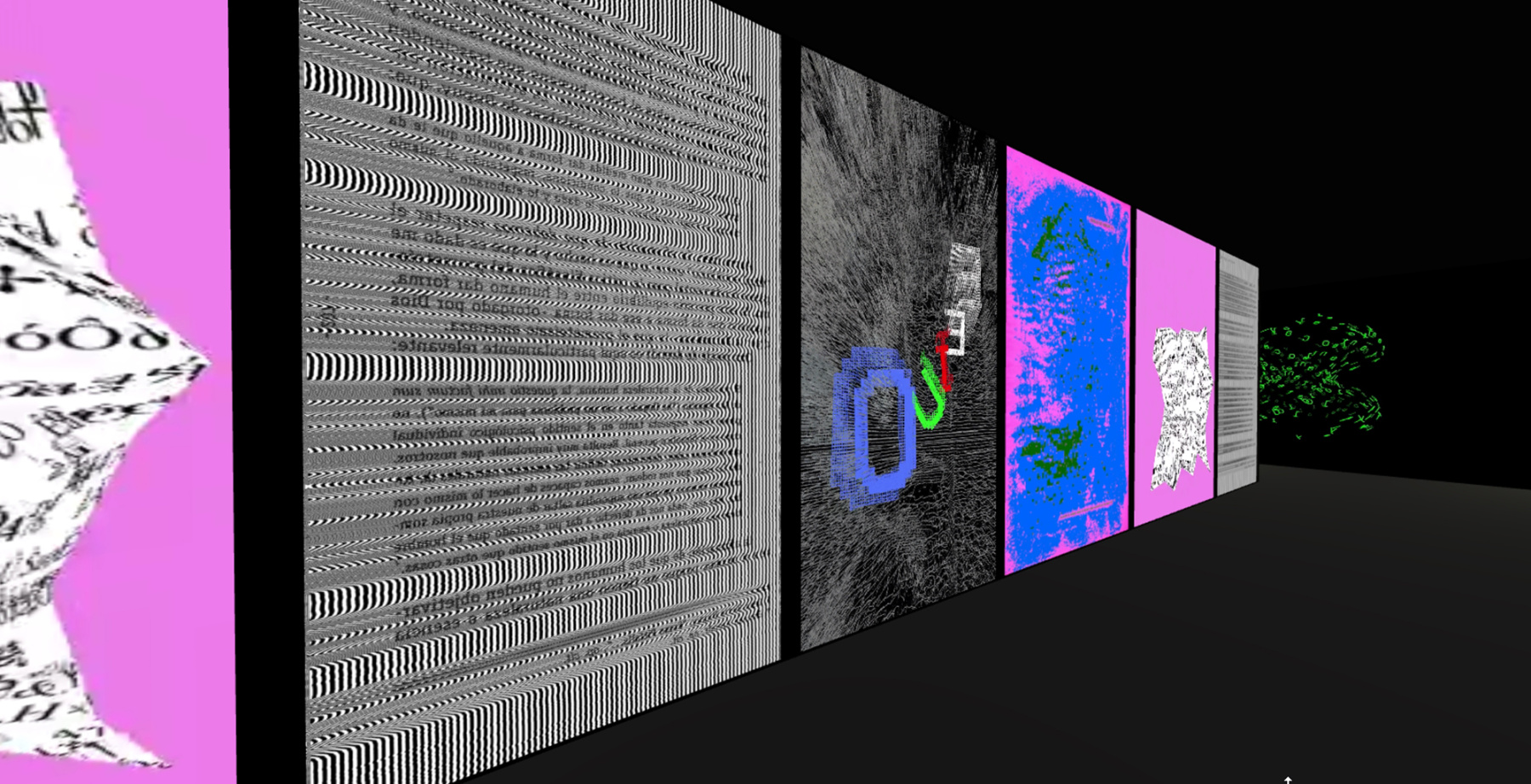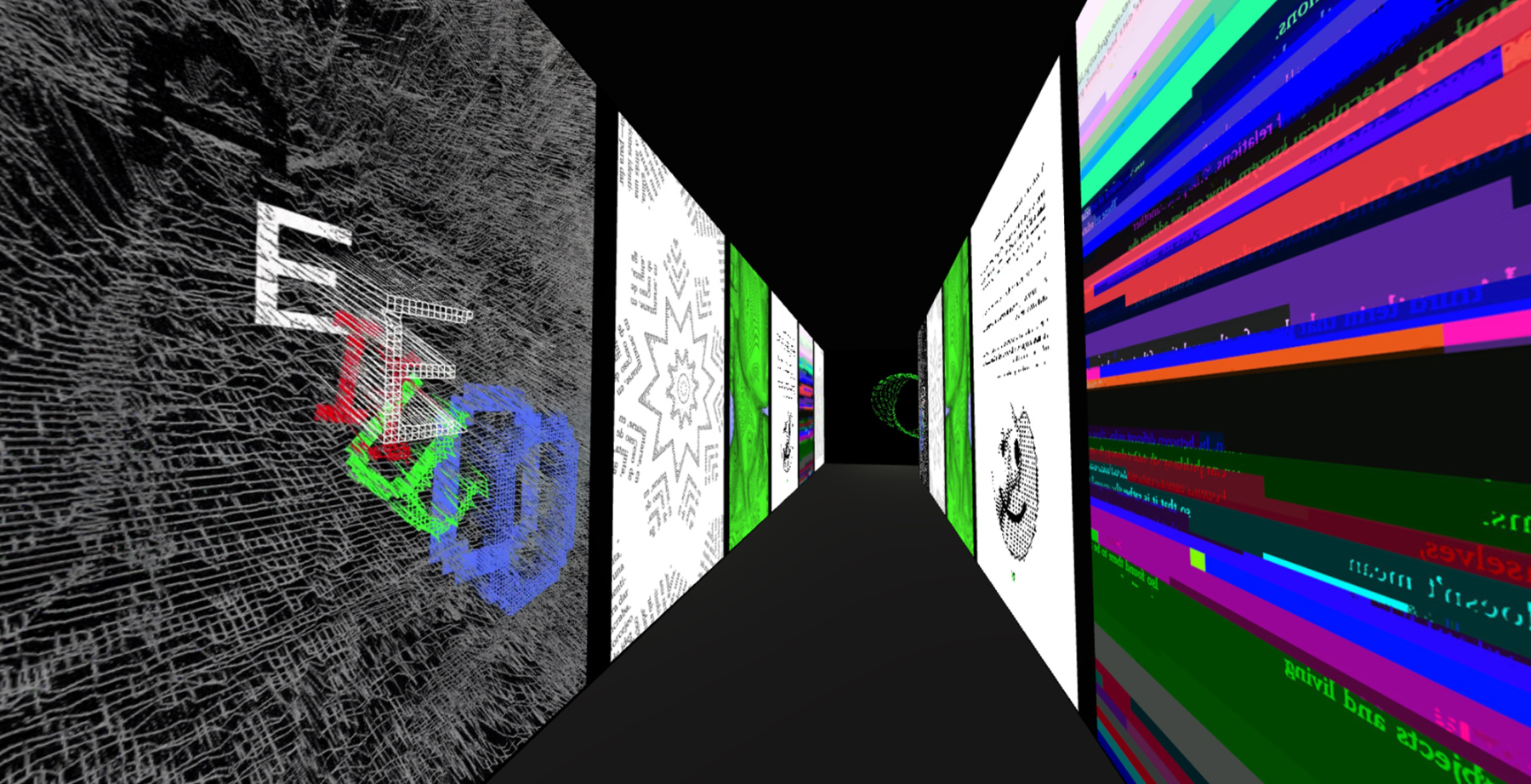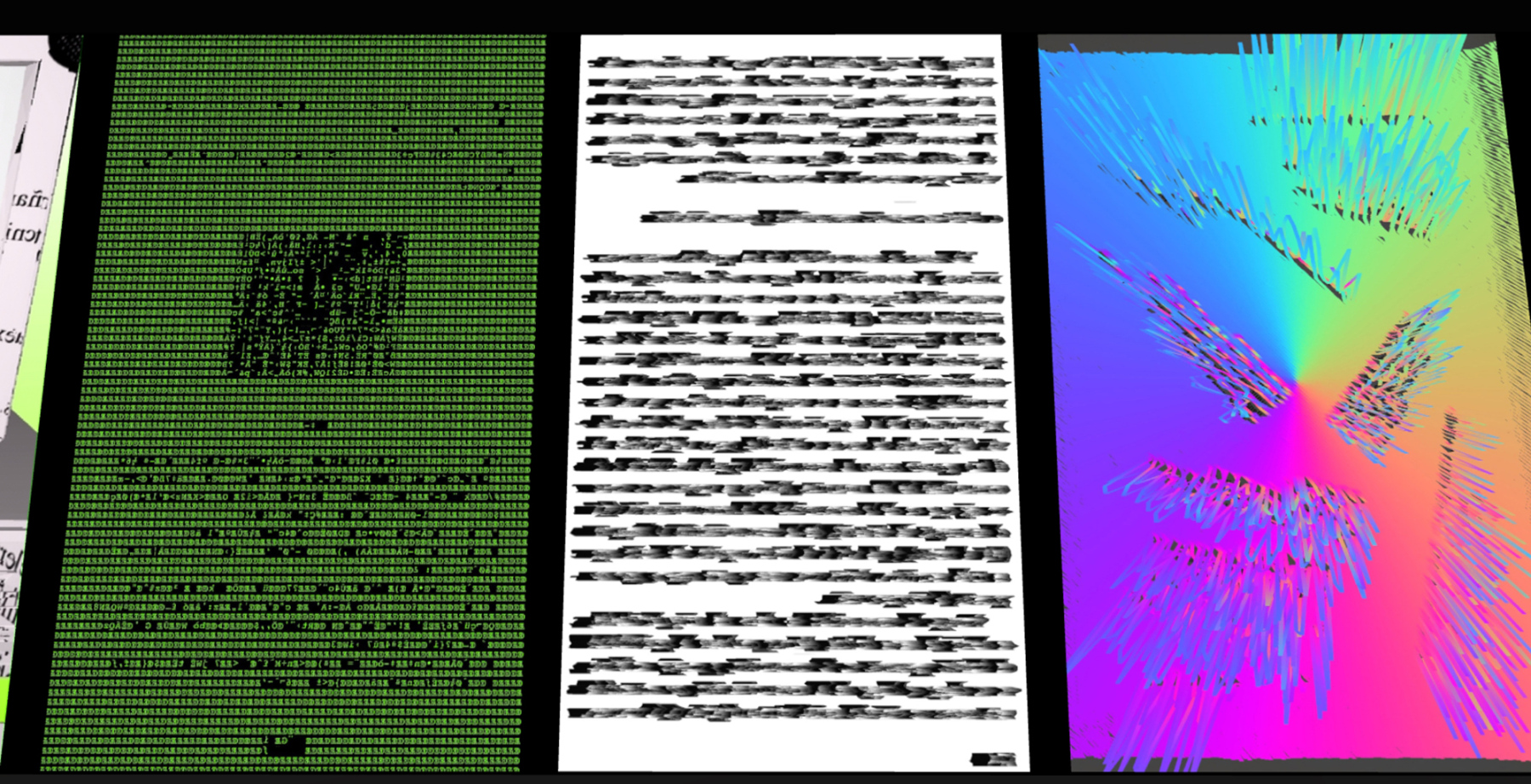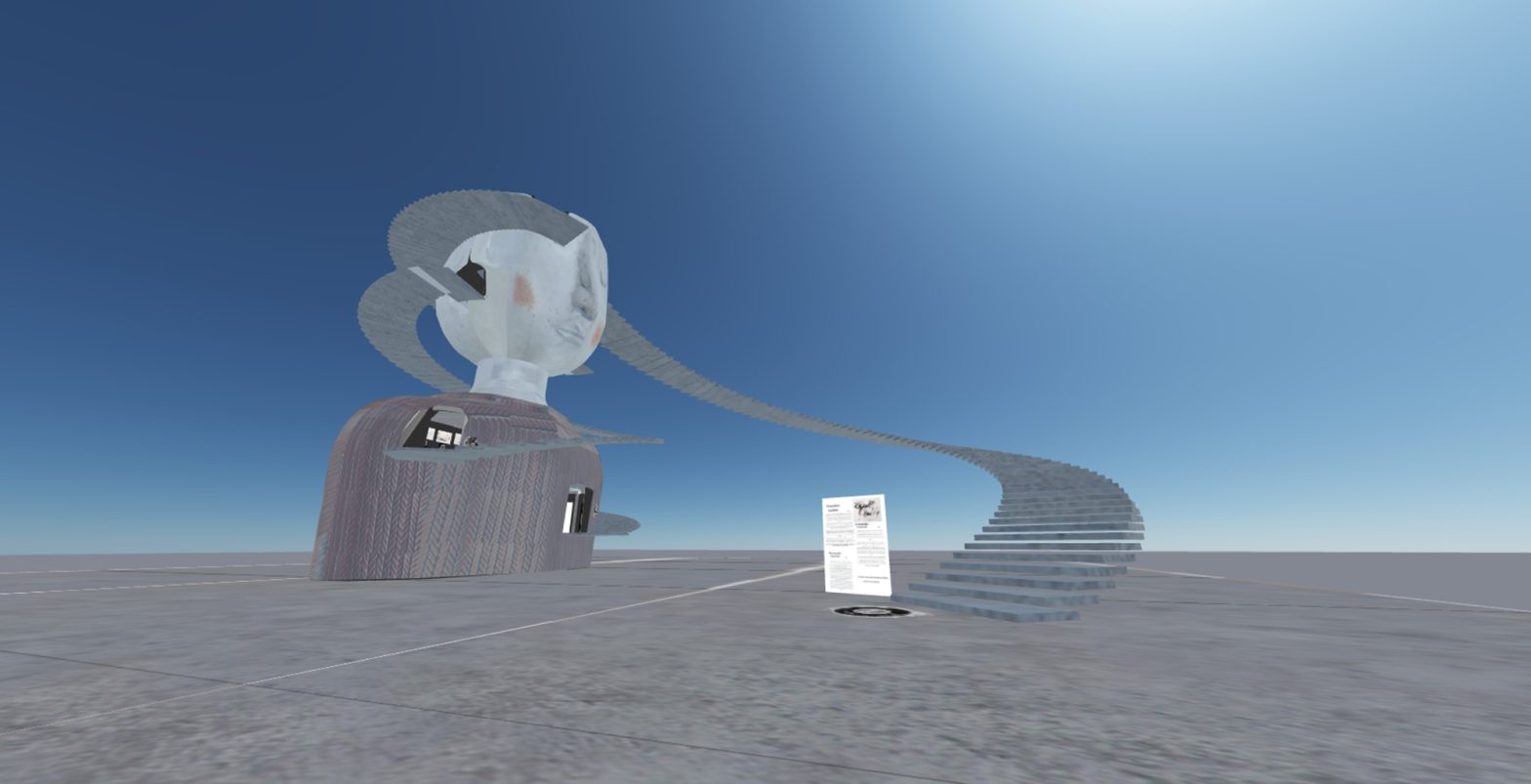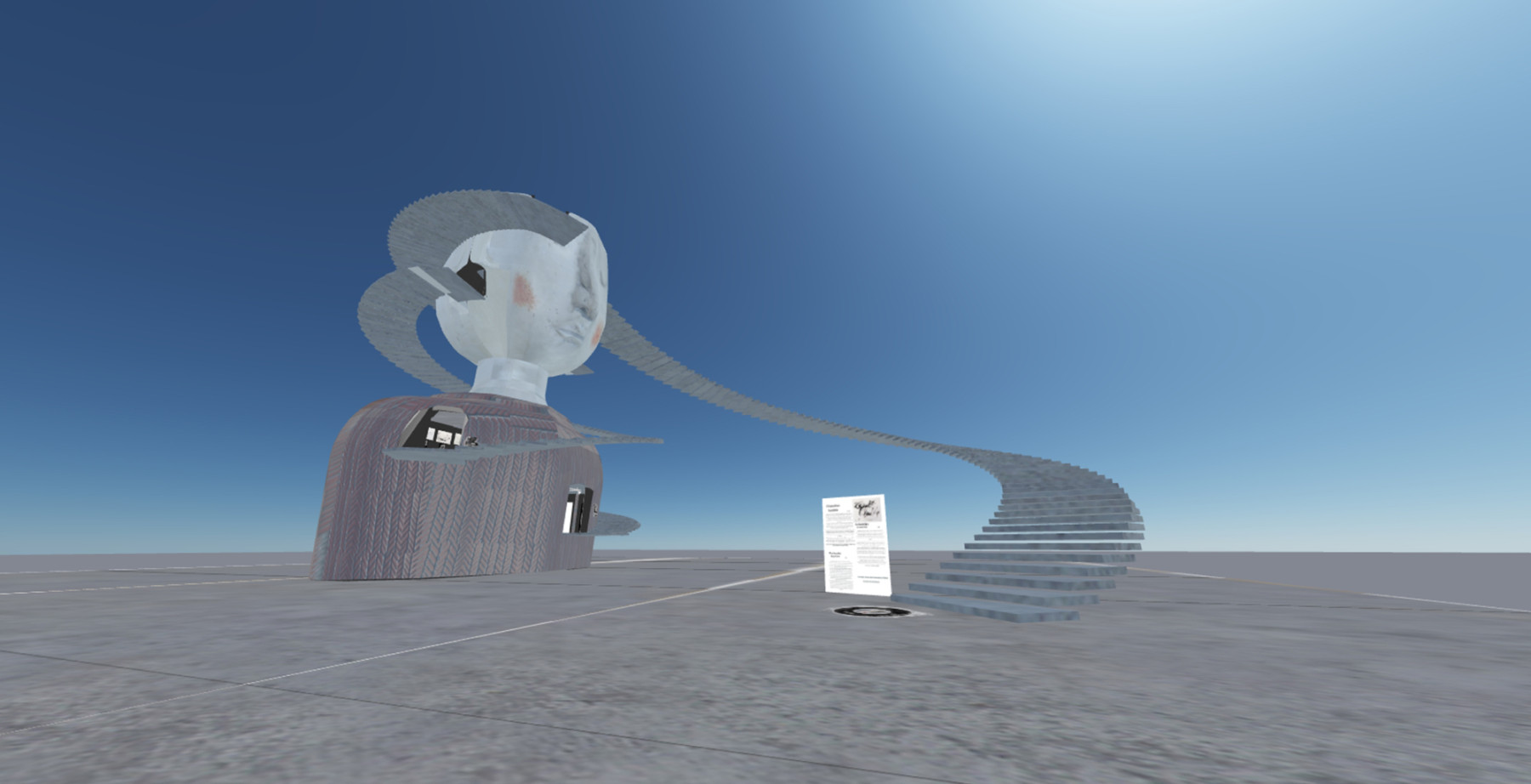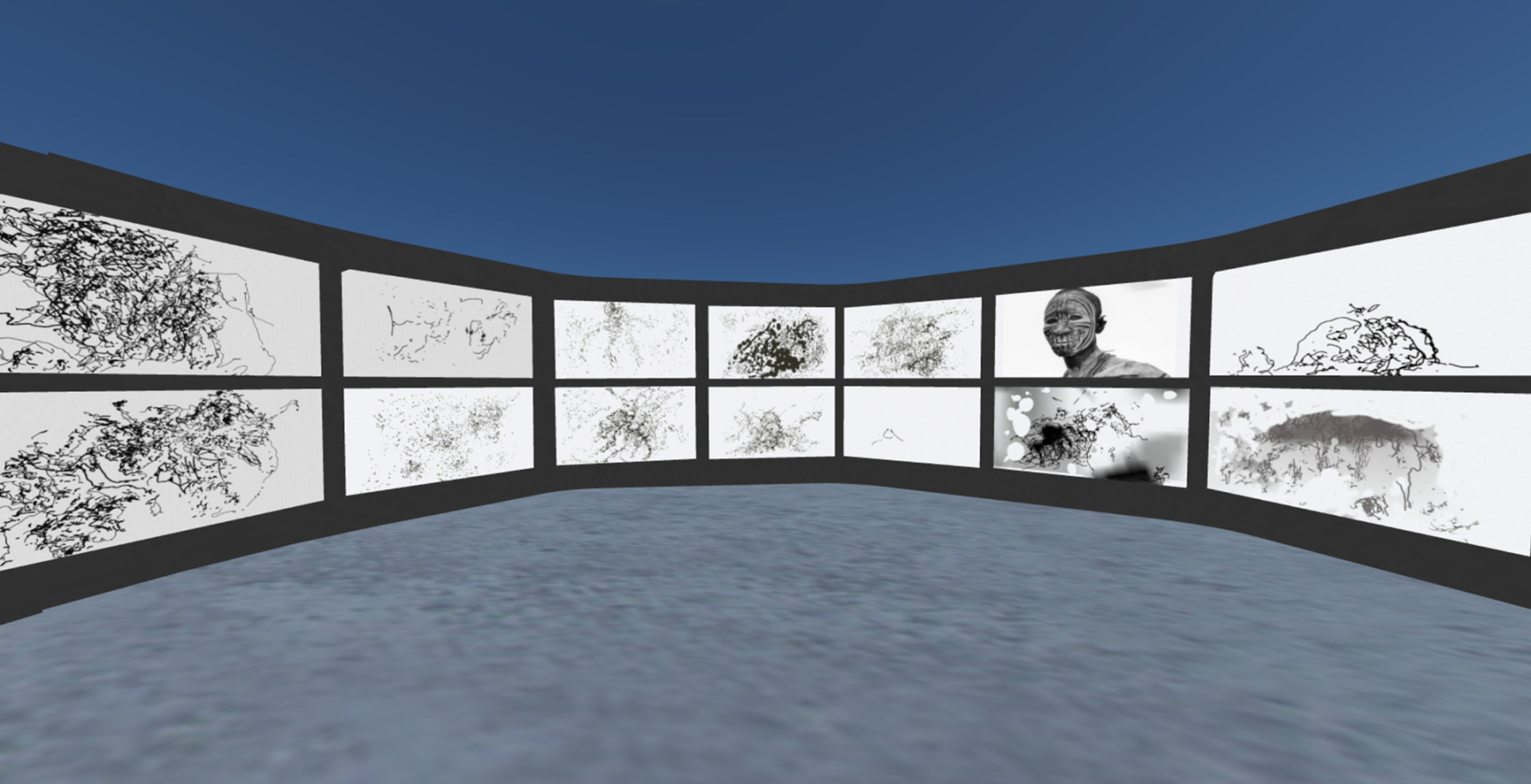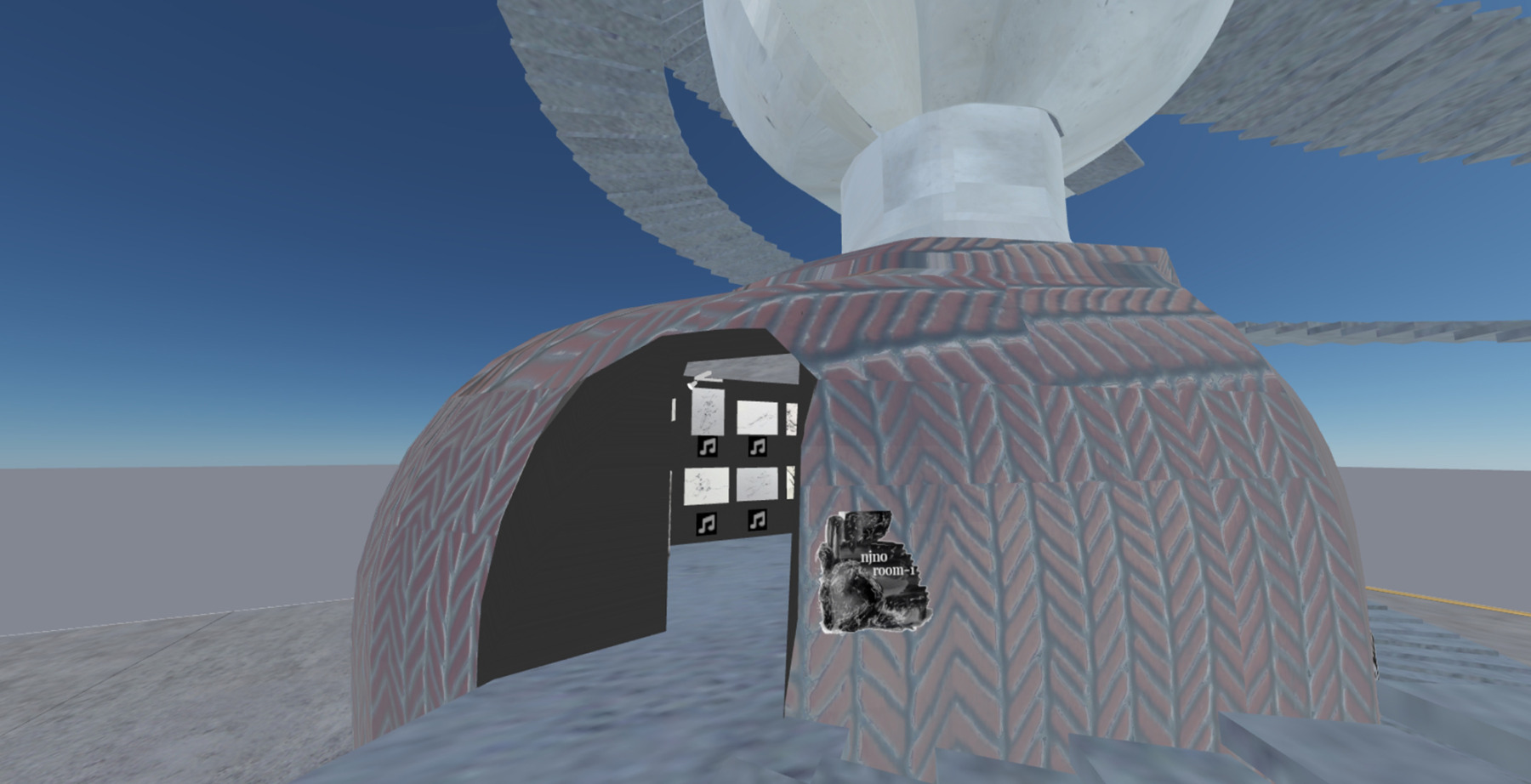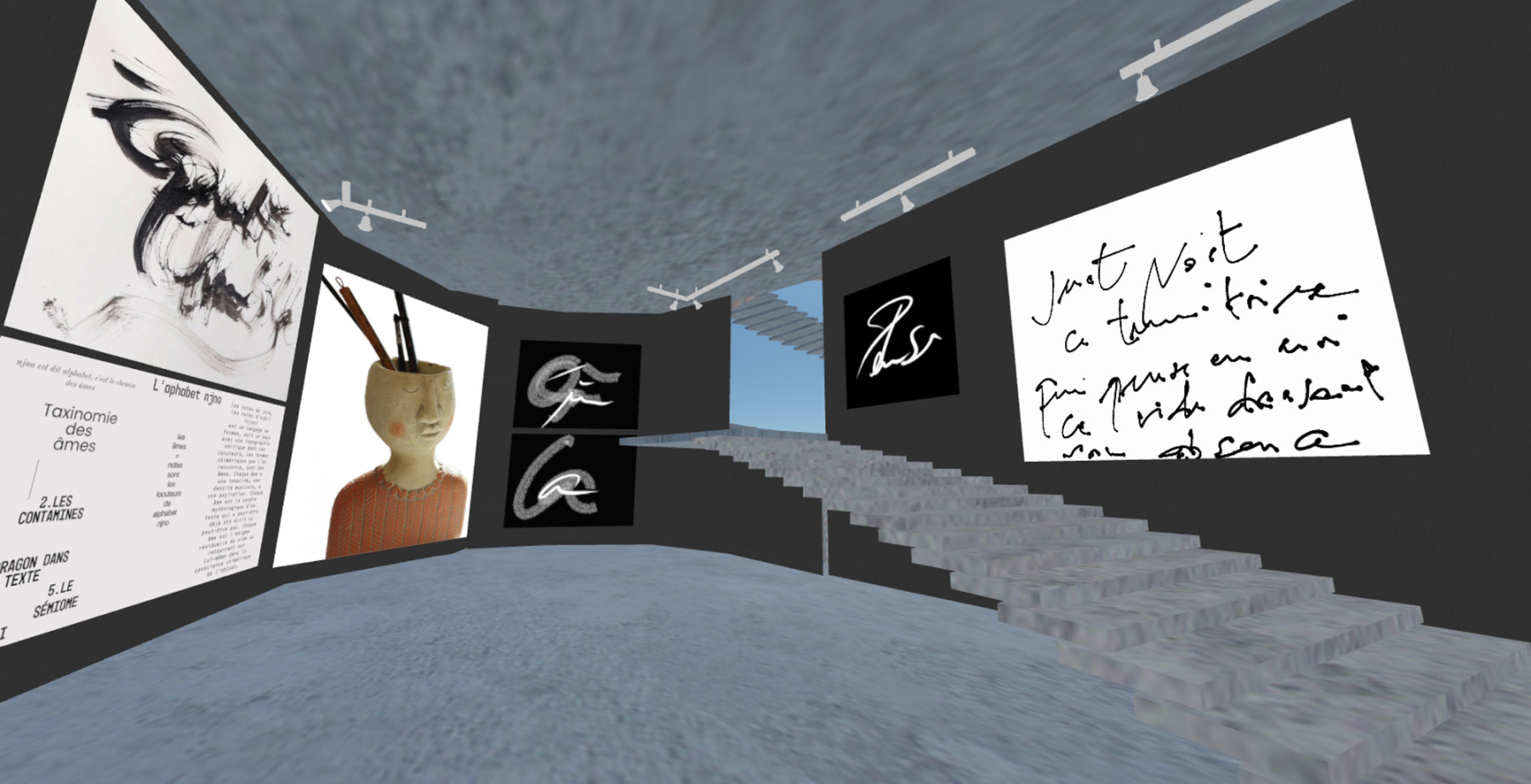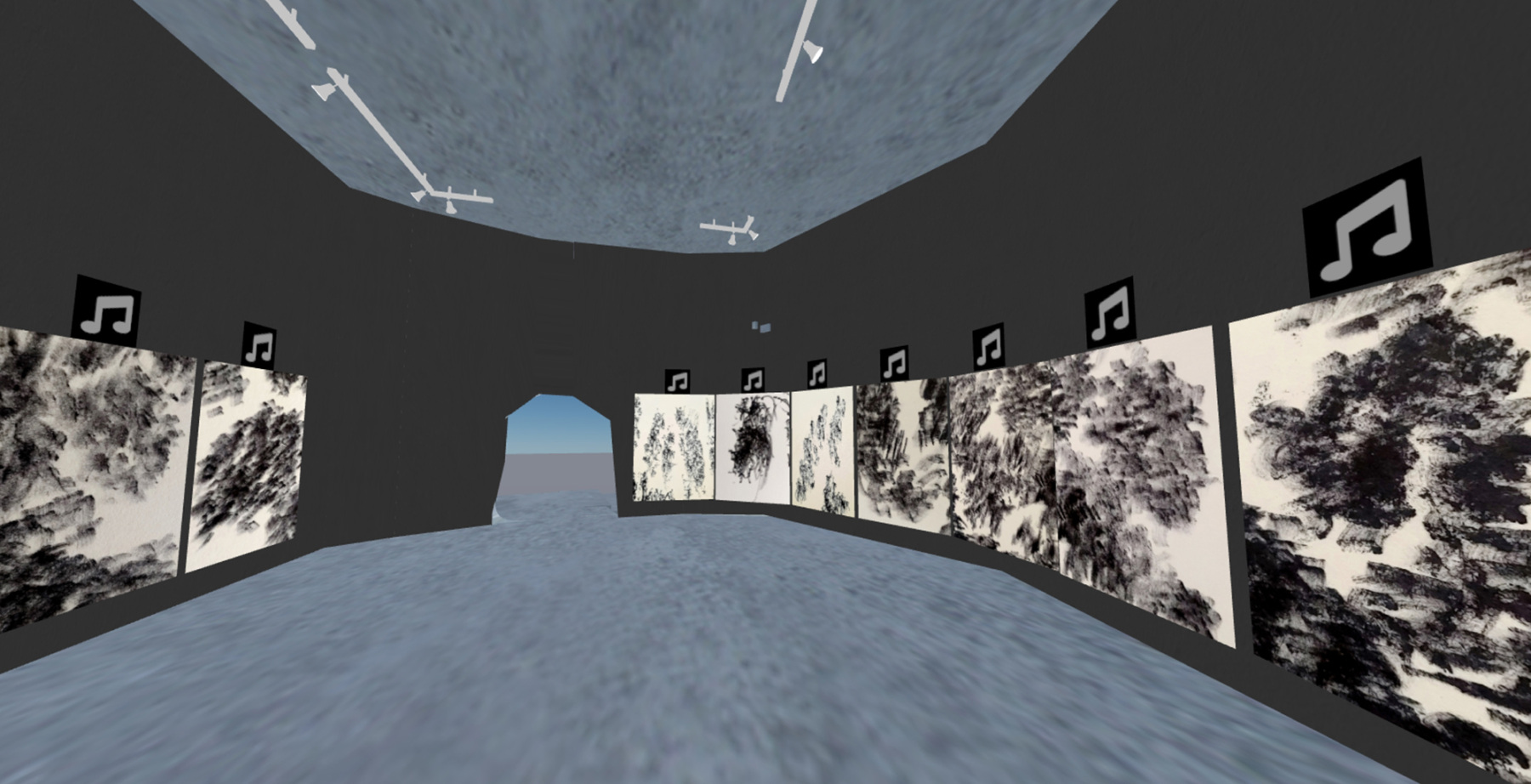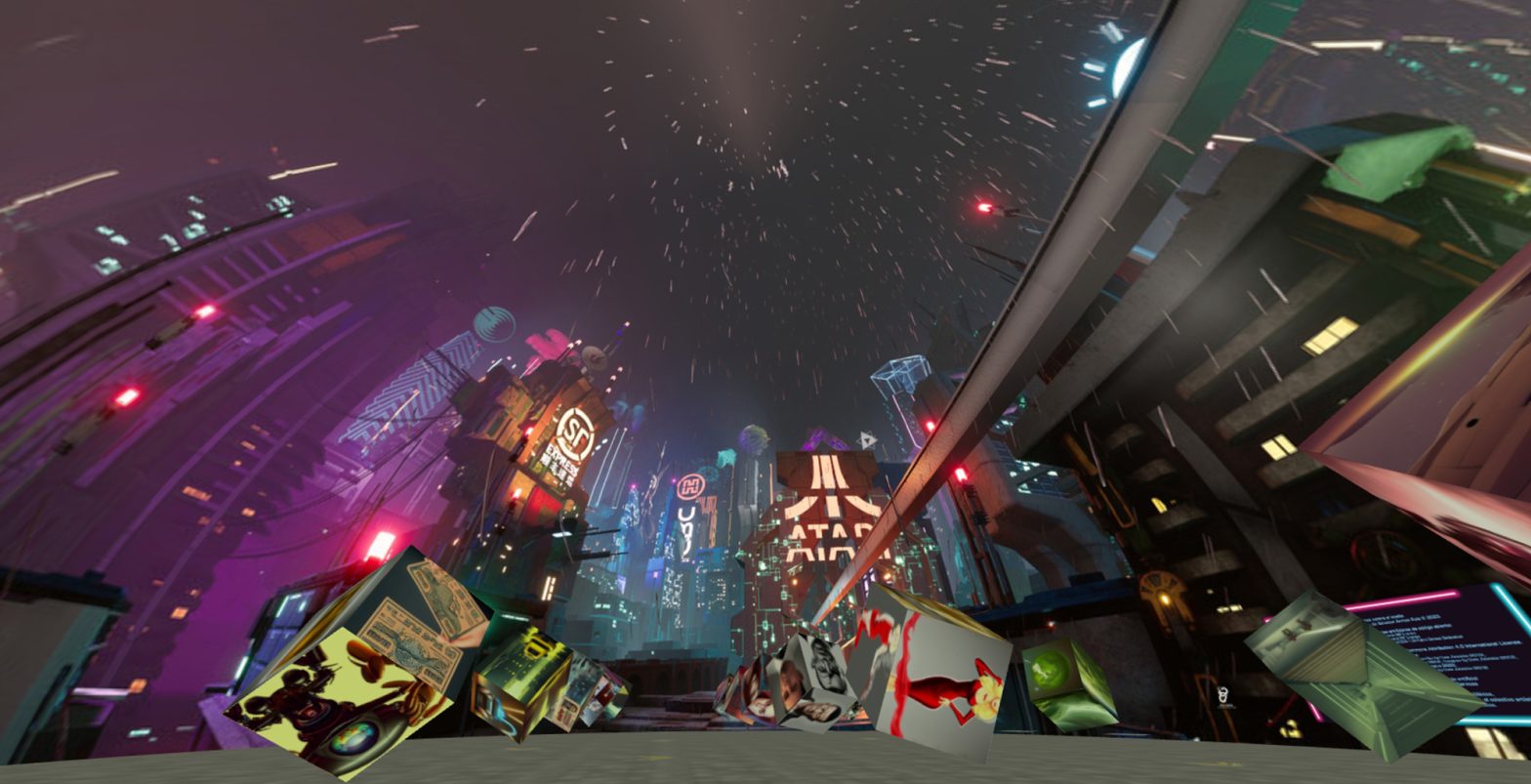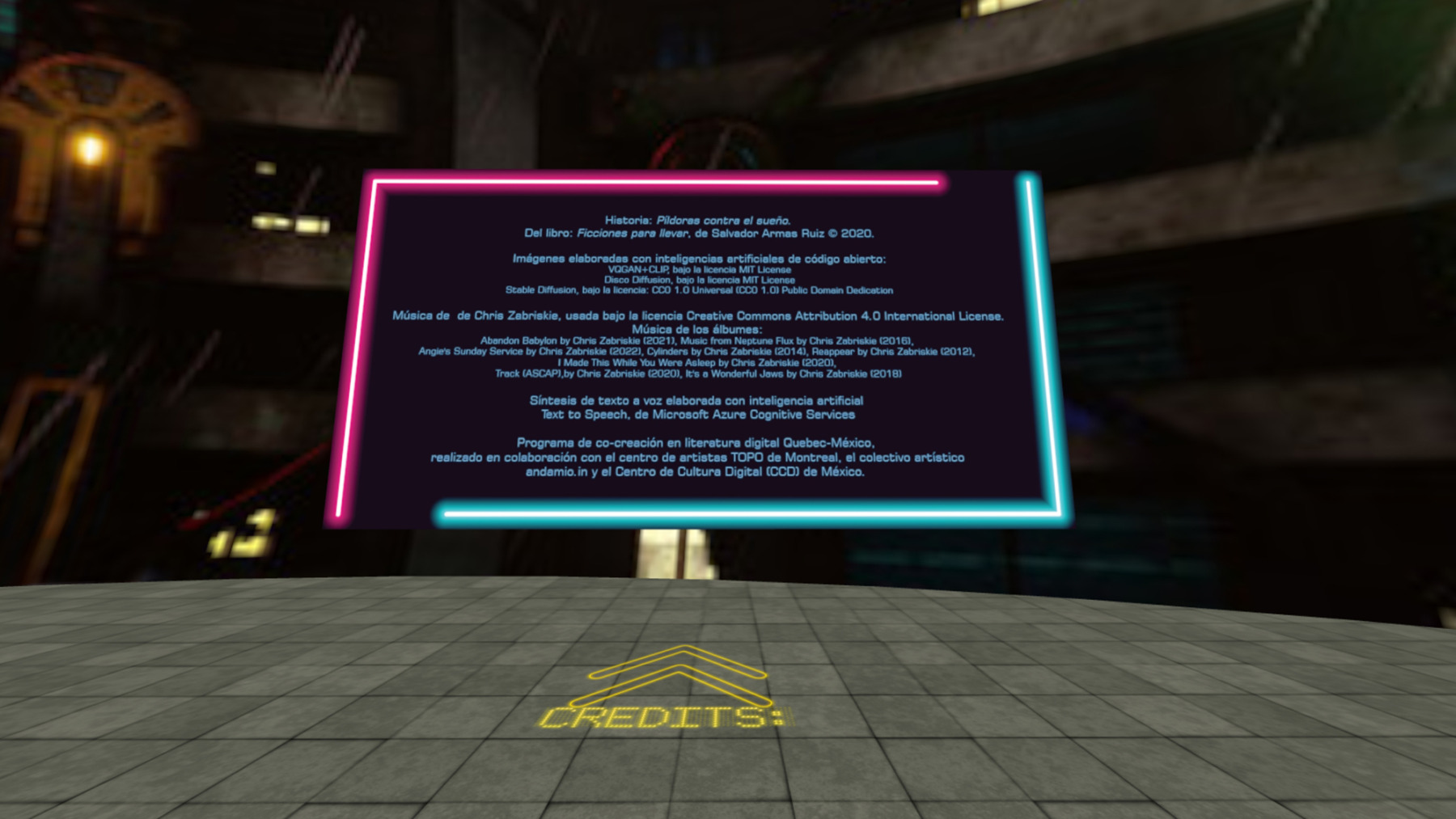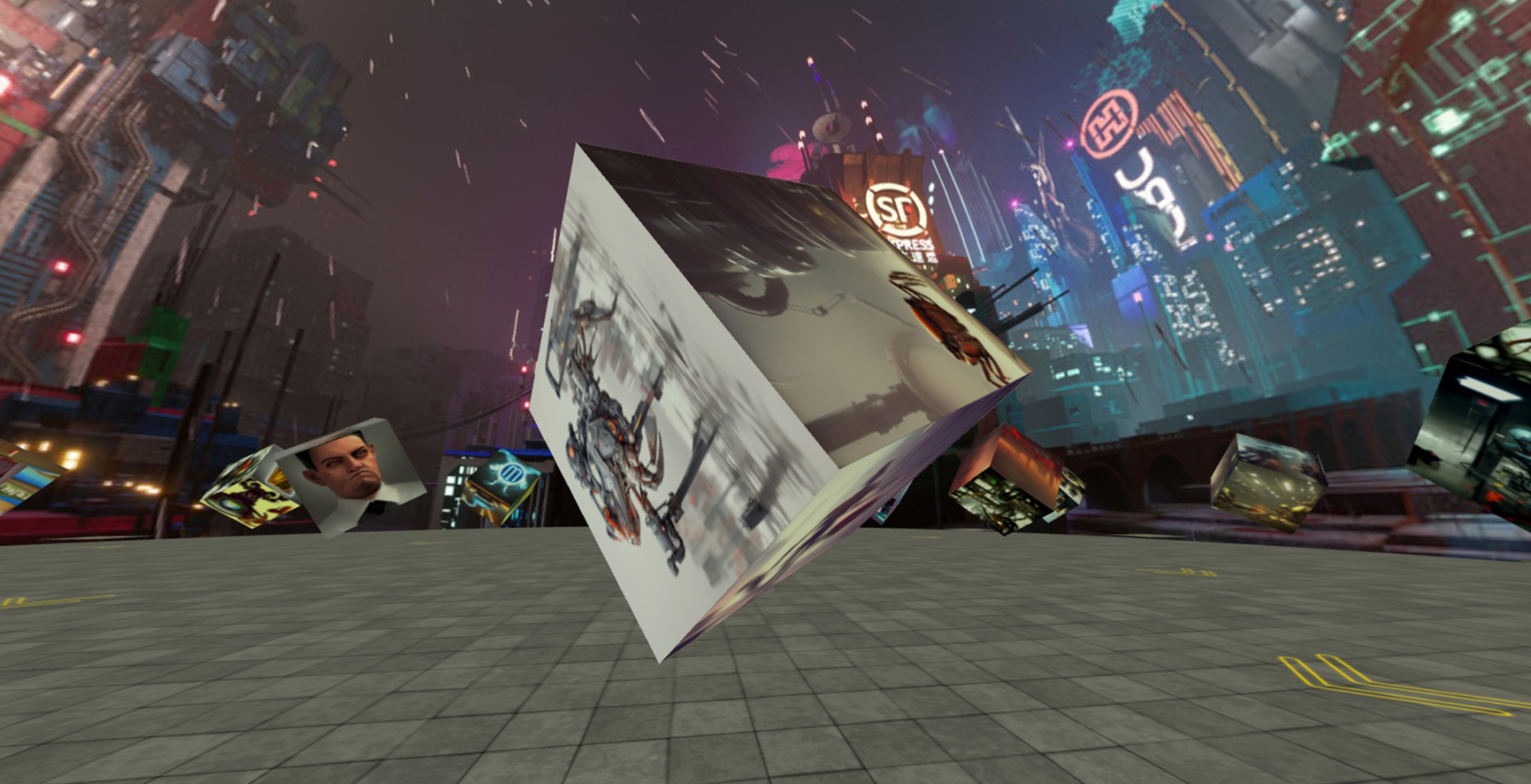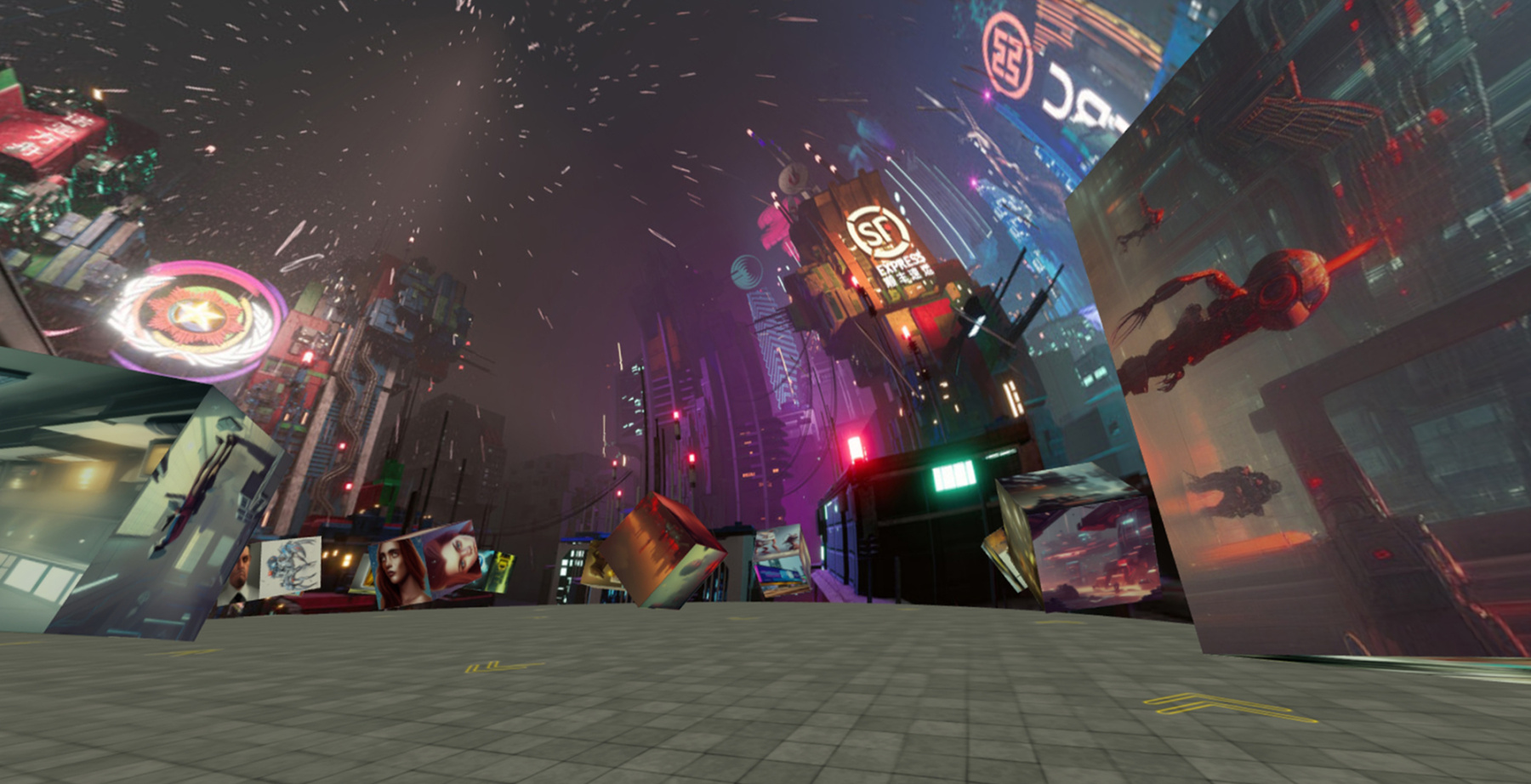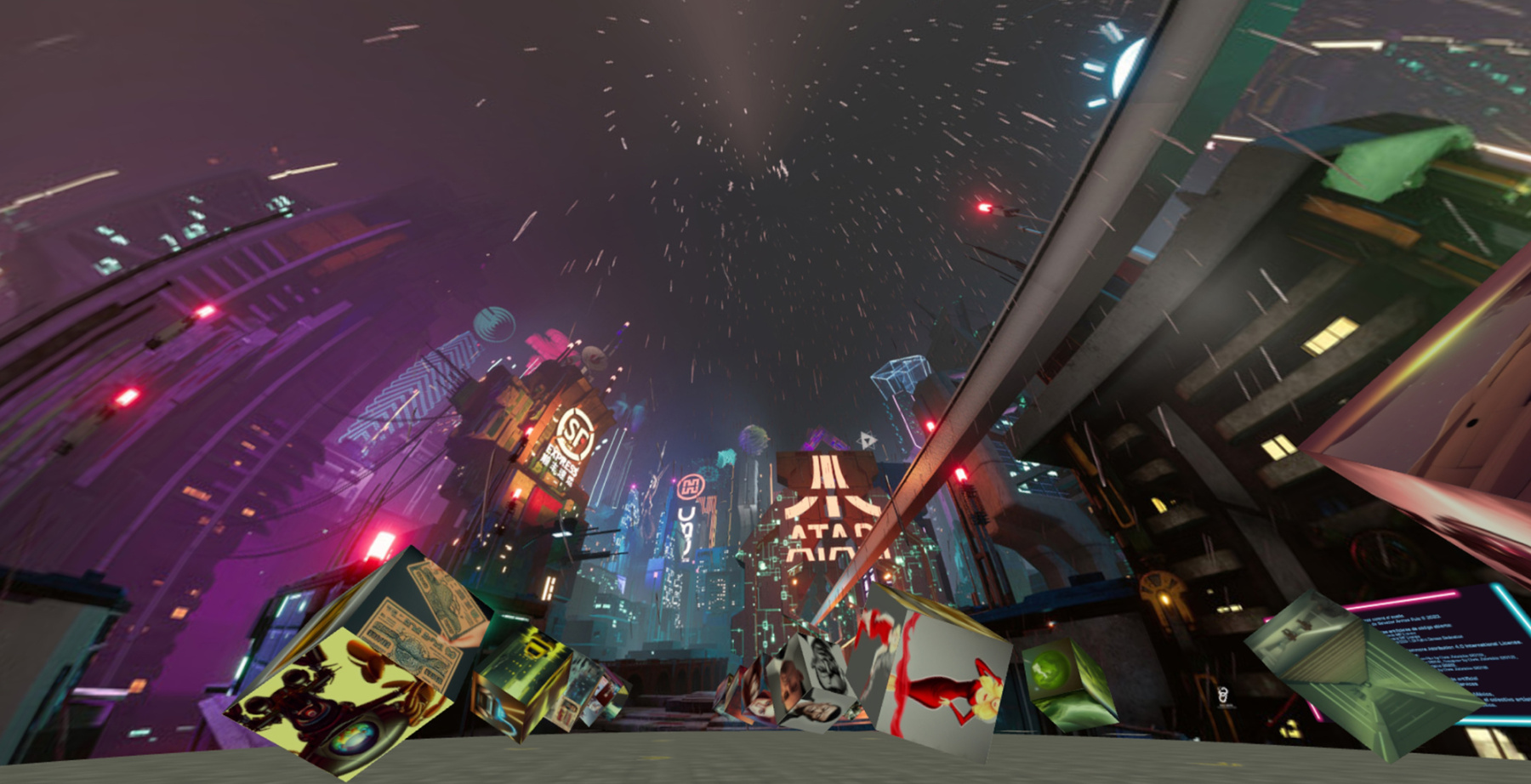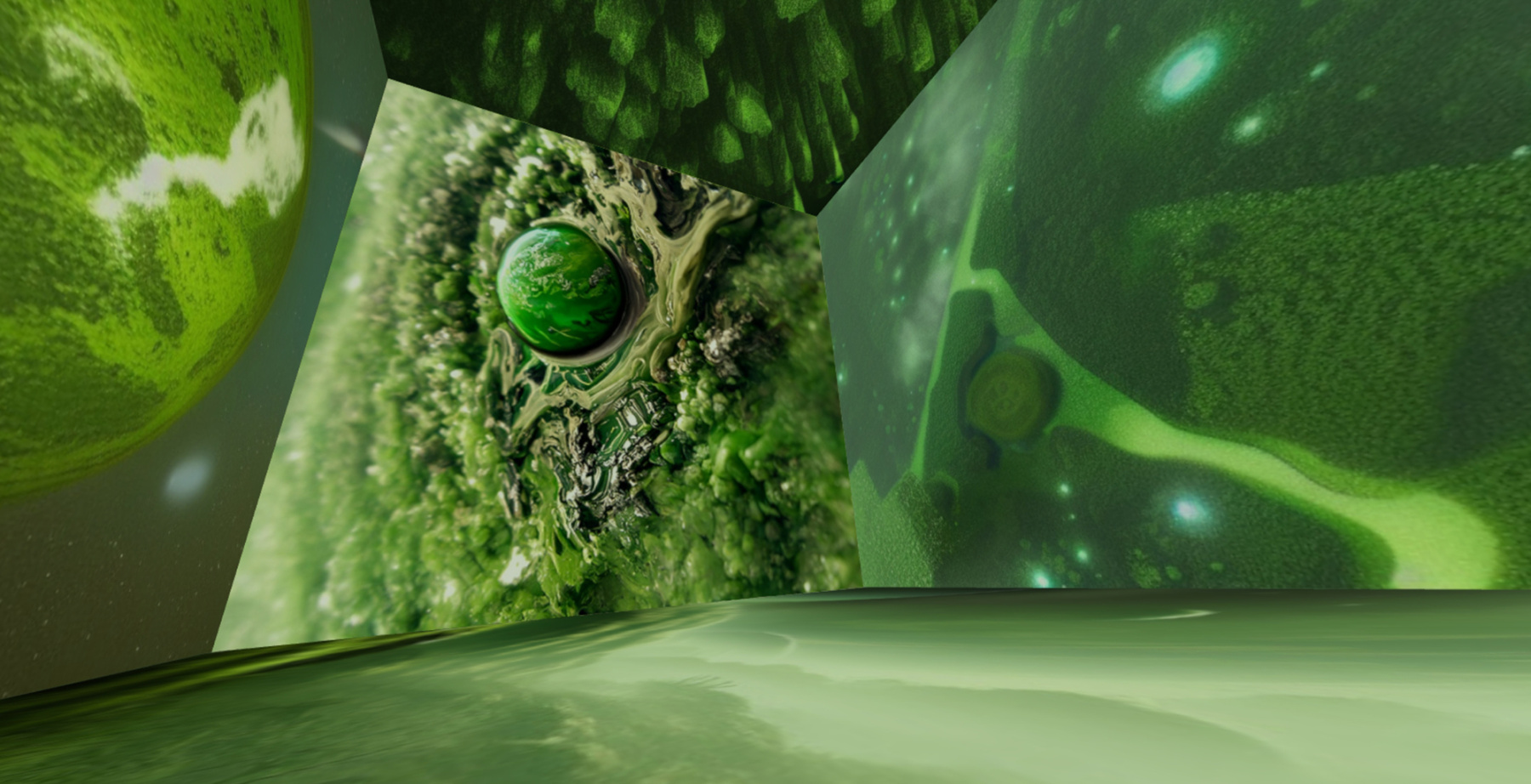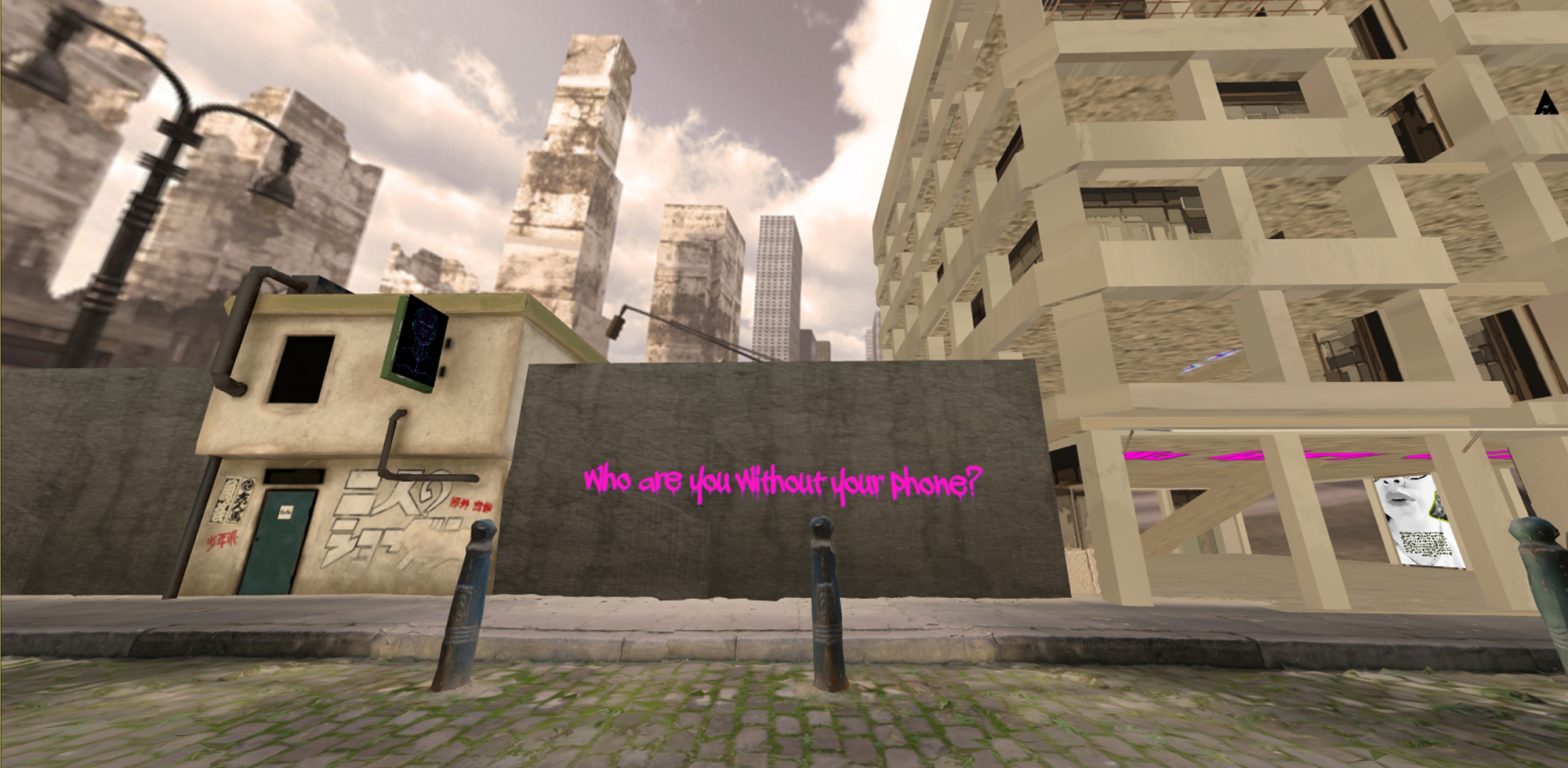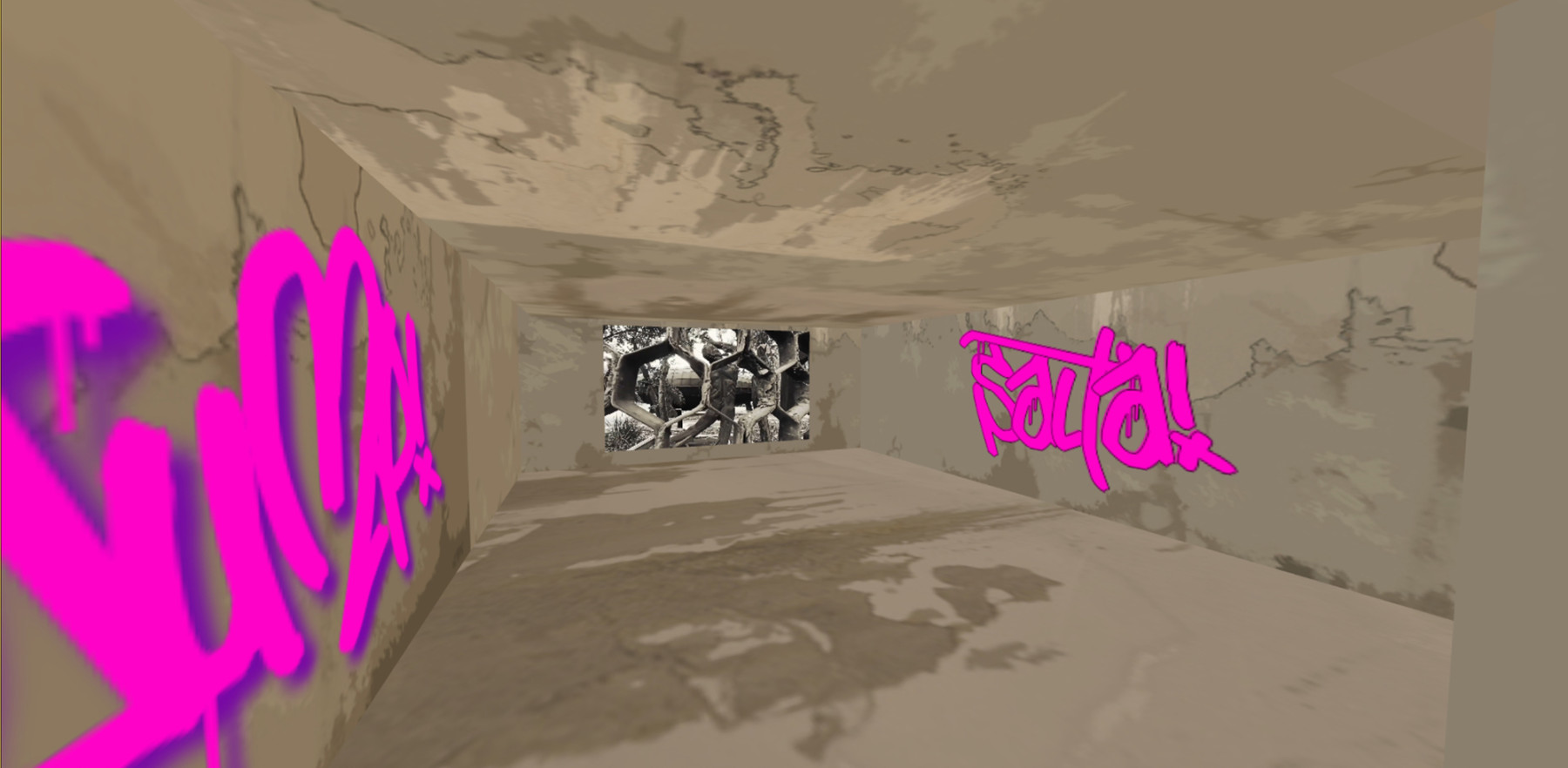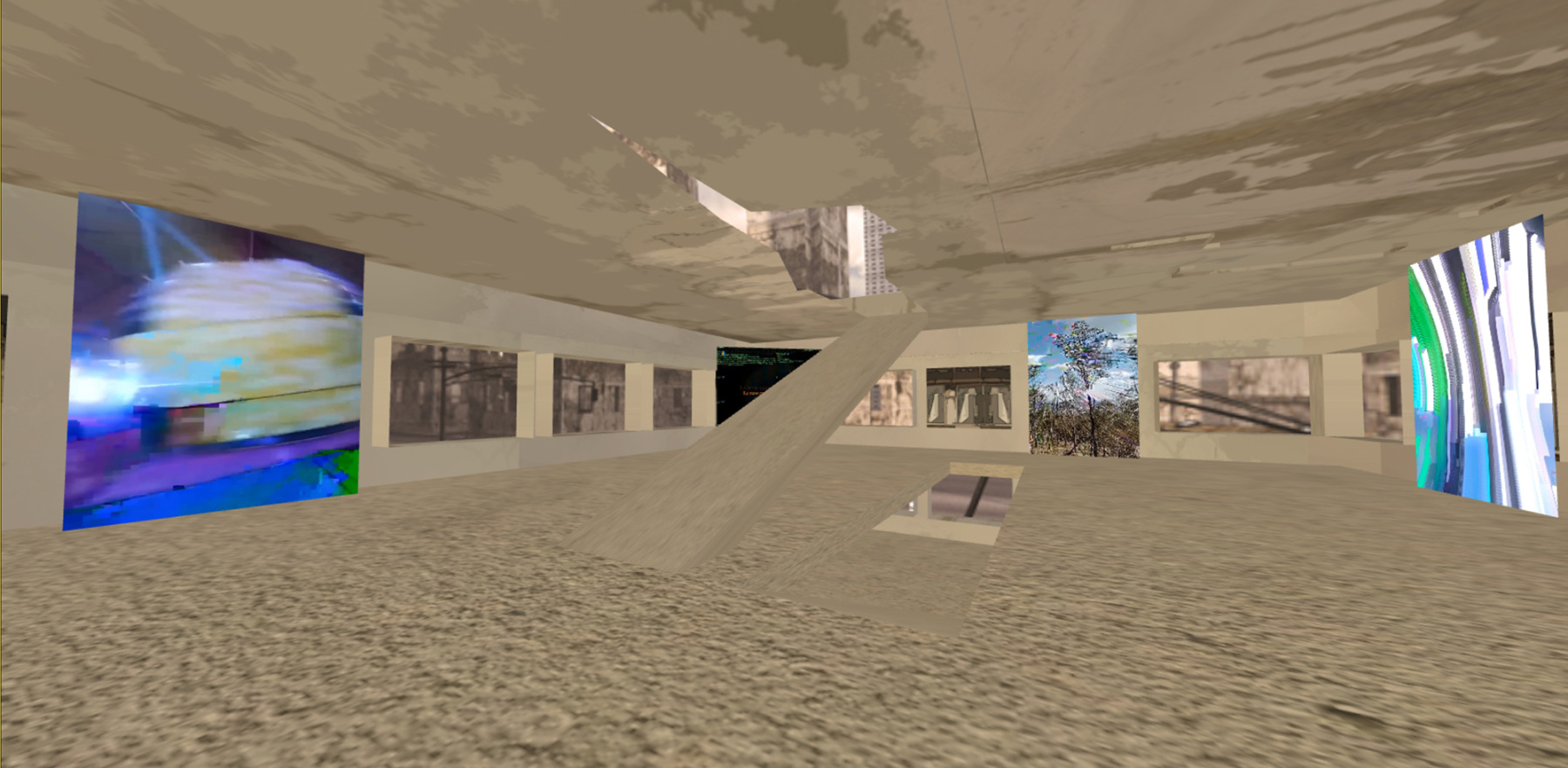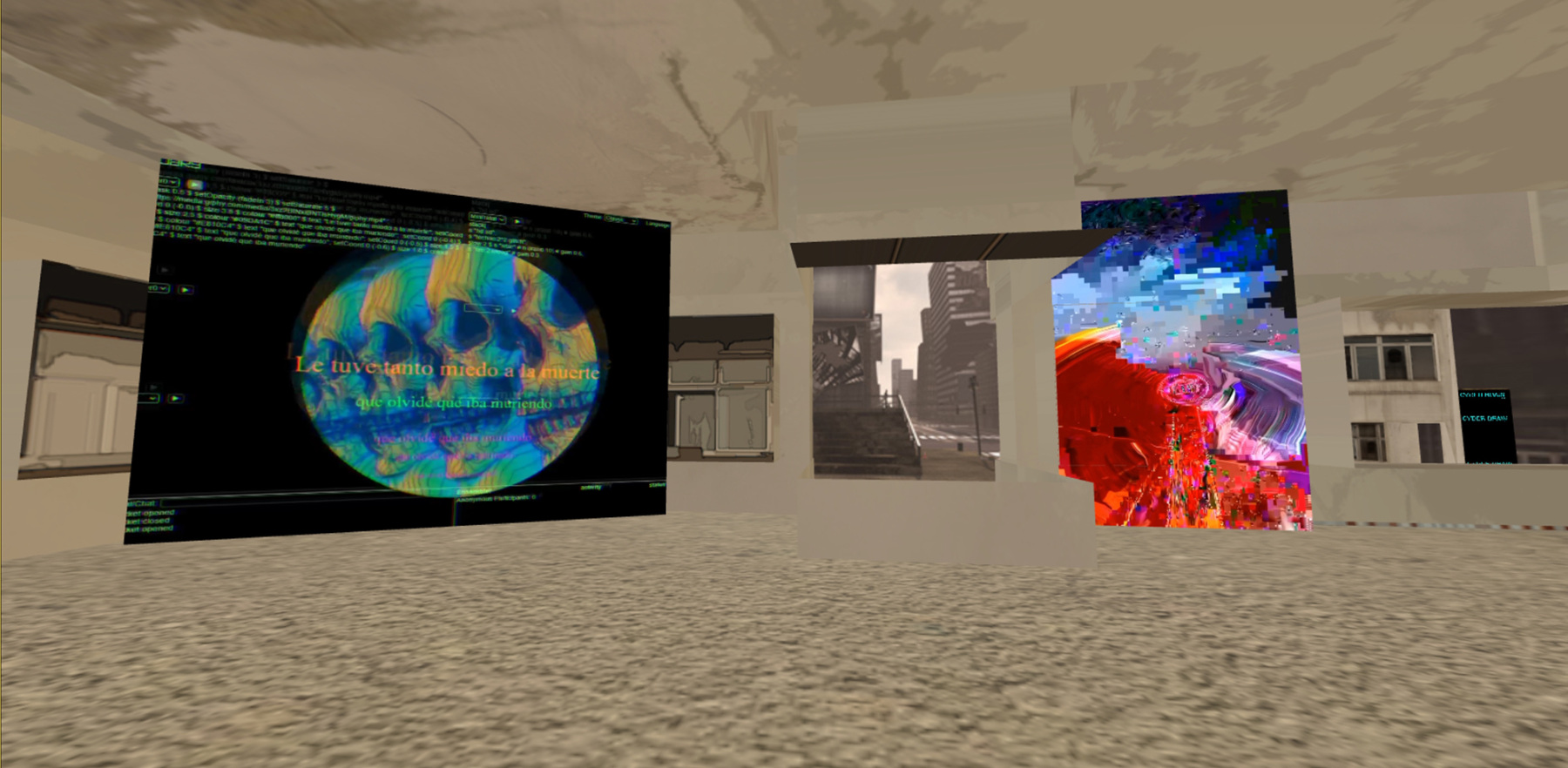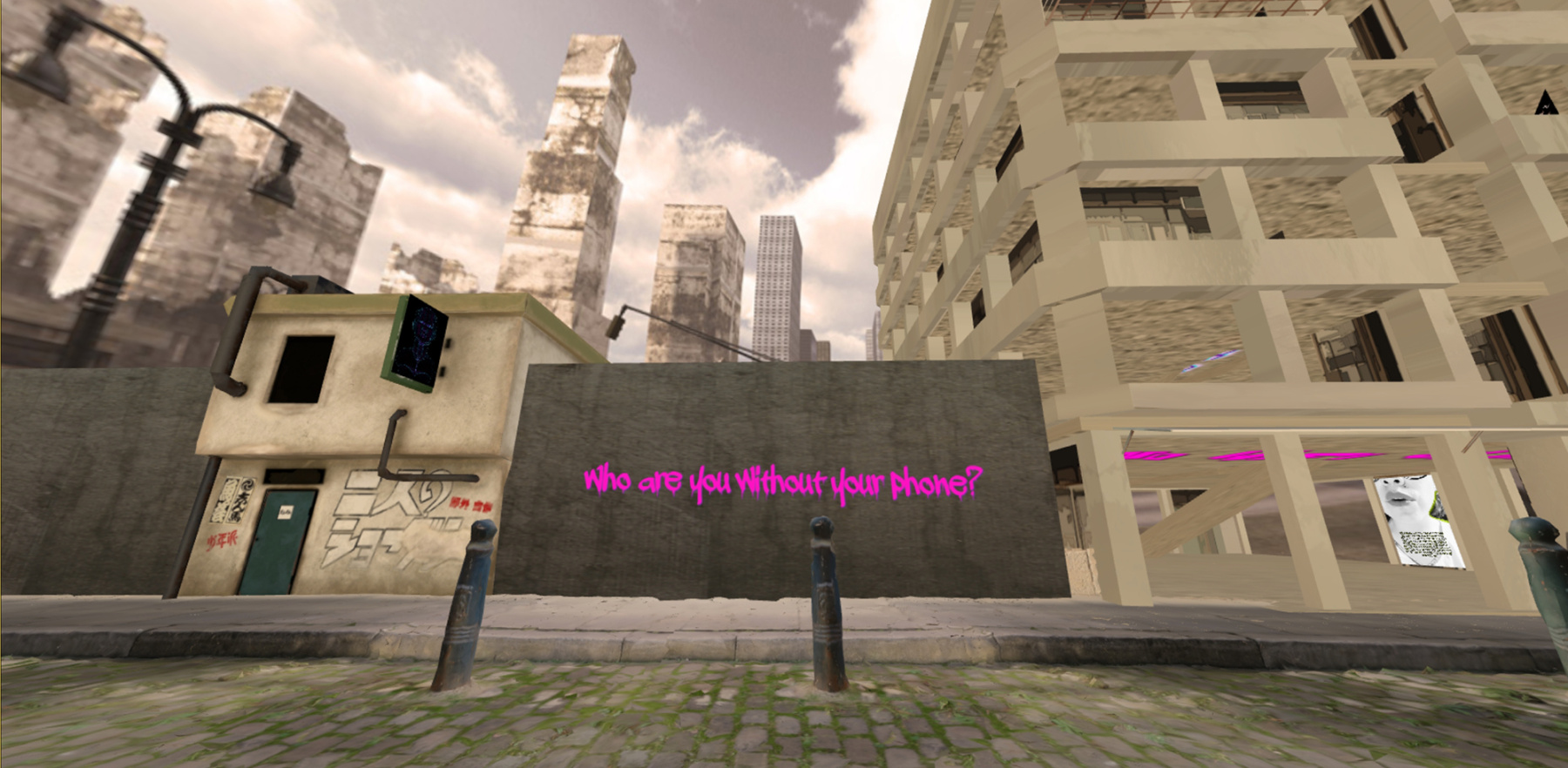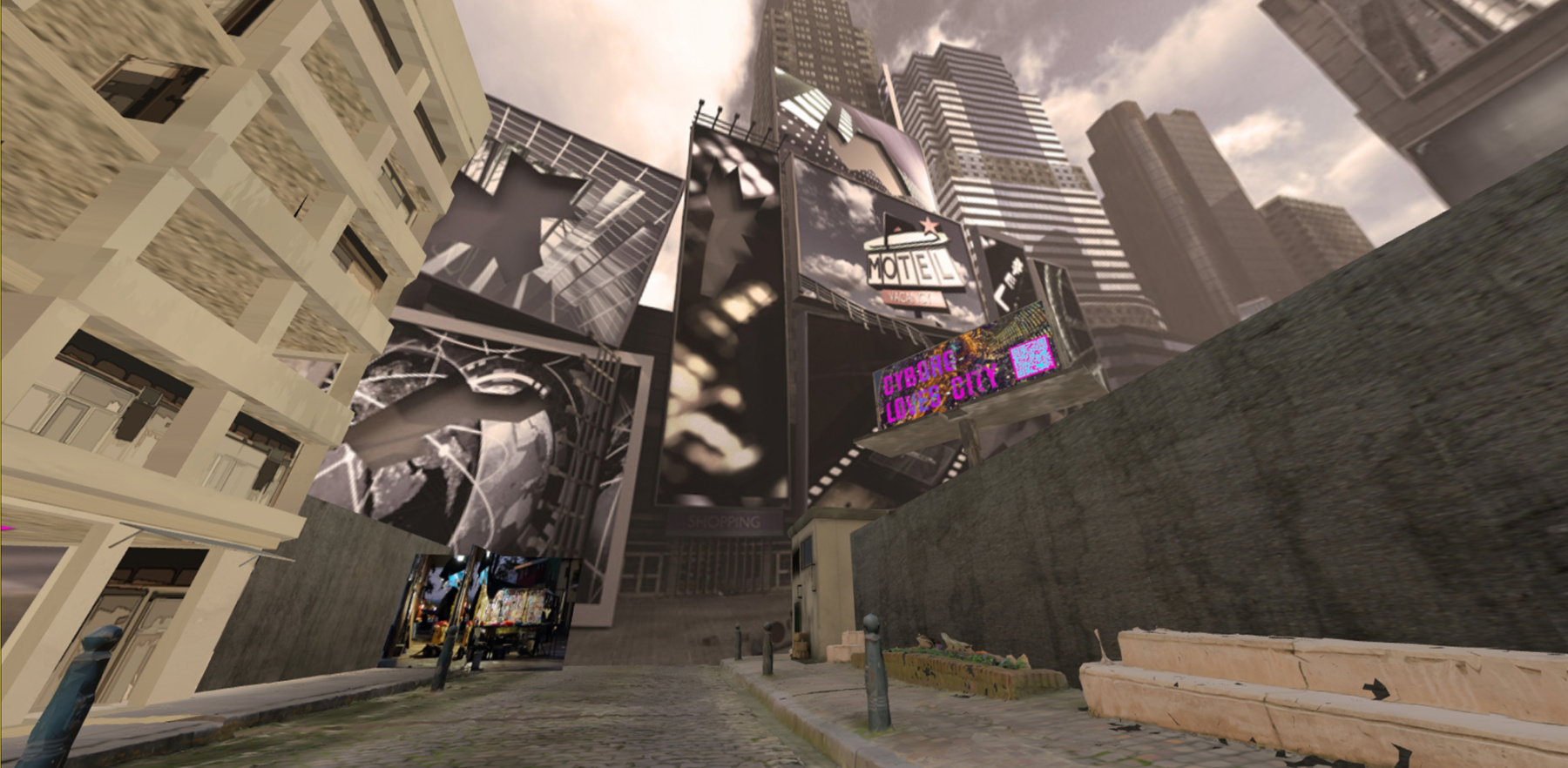How can we create a shamanic experience through a digital medium? How can we bridge the ancient knowledge of our ancestors to our modern, day-to-day reality? These are the main questions this project seeks to creatively explore. The word “Ané” is connected to the notion of Mother Earth in the Nahuatl language. Viewing the Earth as a mother to us all, as well as acknowledging and harnessing the power of each individual element (Air, Fire, Water, and Earth) is at the core of shamanic practices all around the world. Ané is a creative journey representing our way to live shamanic experiences in our lives by connecting to these natural forces expressed through mixed media pieces. These artworks are then assembled to give the viewers the experience of an “initiatic journey” as they walk through the virtual space and explore each piece.
Click on “Create a room with this scene”, then on “Join Room”.
A project by :
-
Jessica Tremblay is a haiku poet, cartoonist, and digital writer who specializes…
-
Musician, programmer, live coder and writer from Montreal, CA. As a solo artist…
-
Writer, photographer and visual artist. His written work has been published in different…
Co-design & implementation of the 3D environment : Luis M Guzmán and Jessica A. Rodríguez
